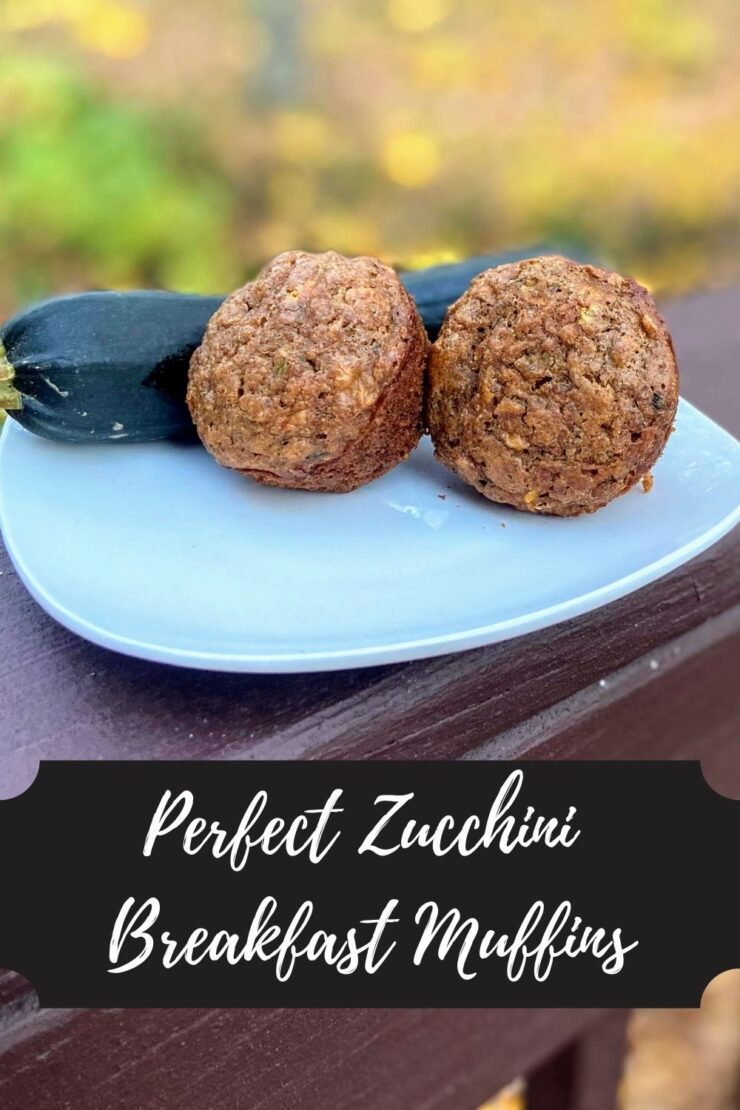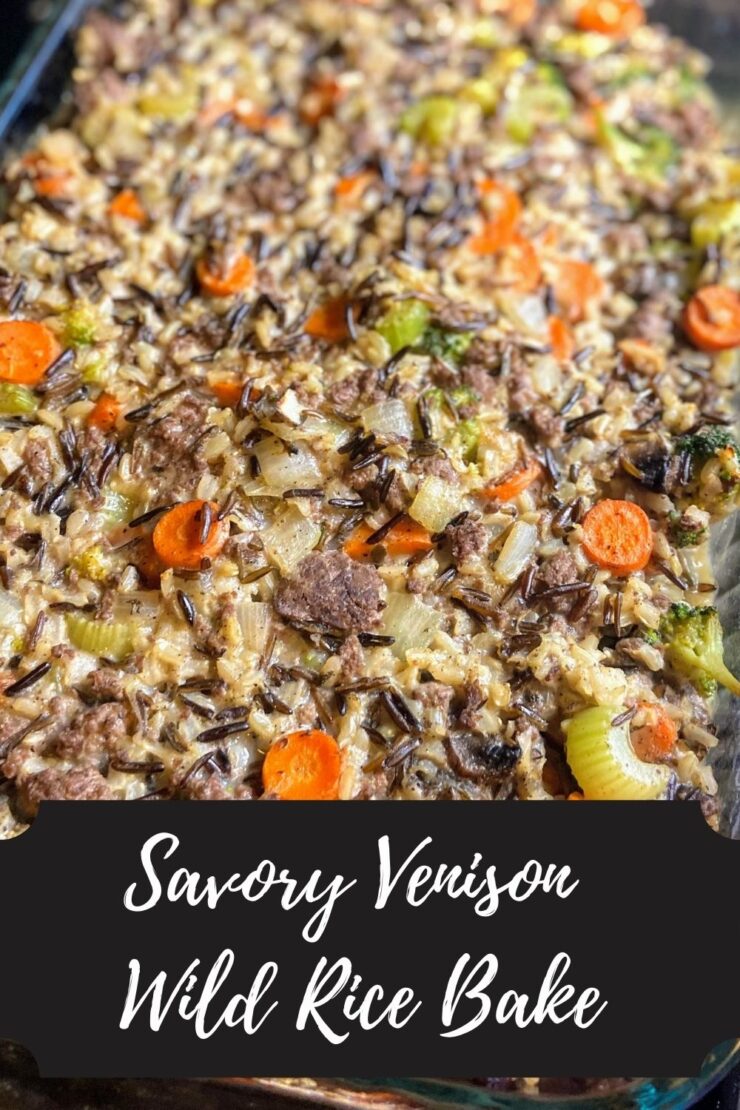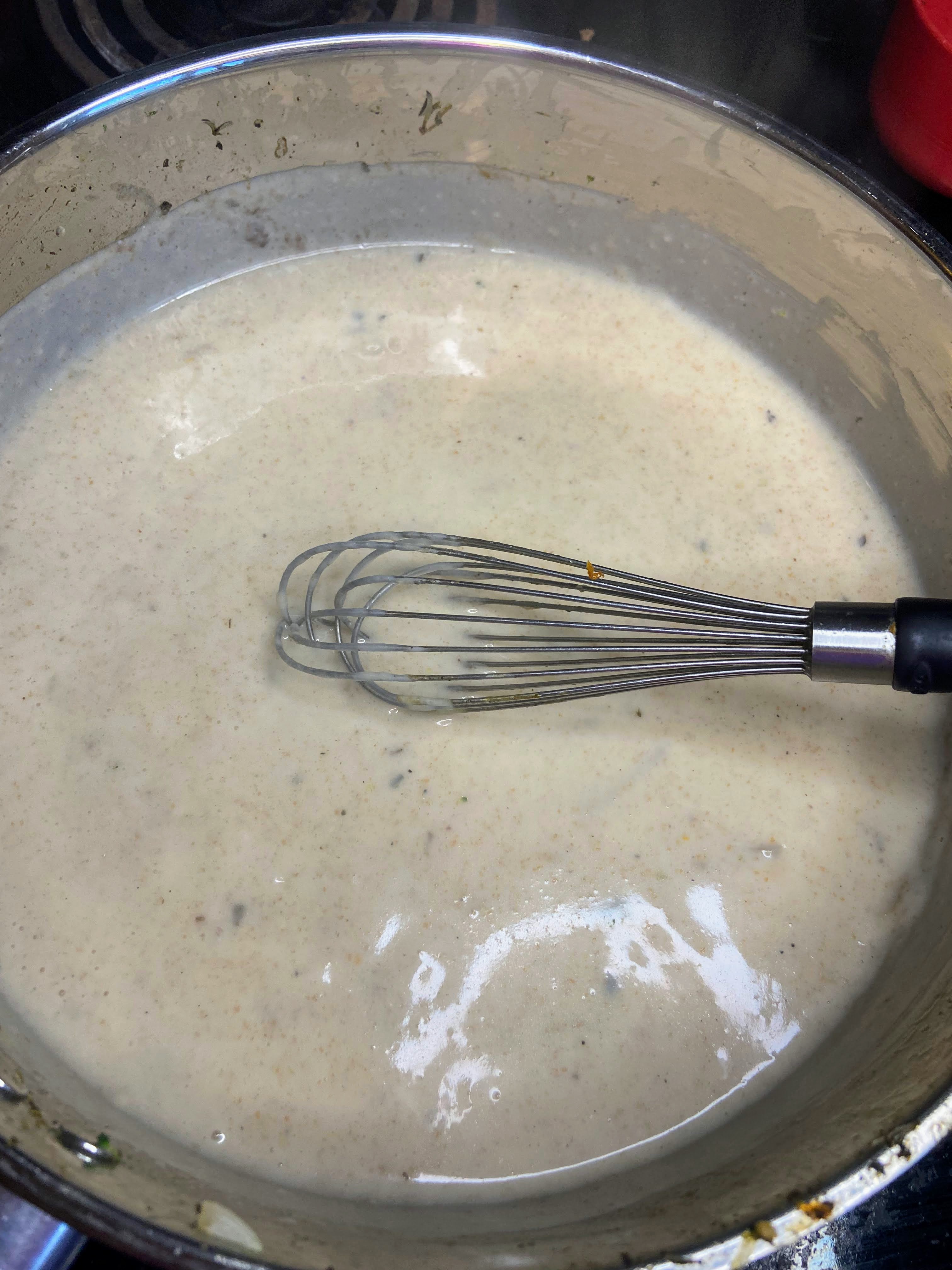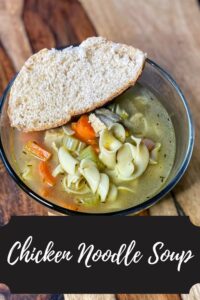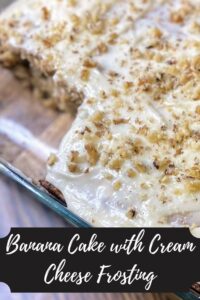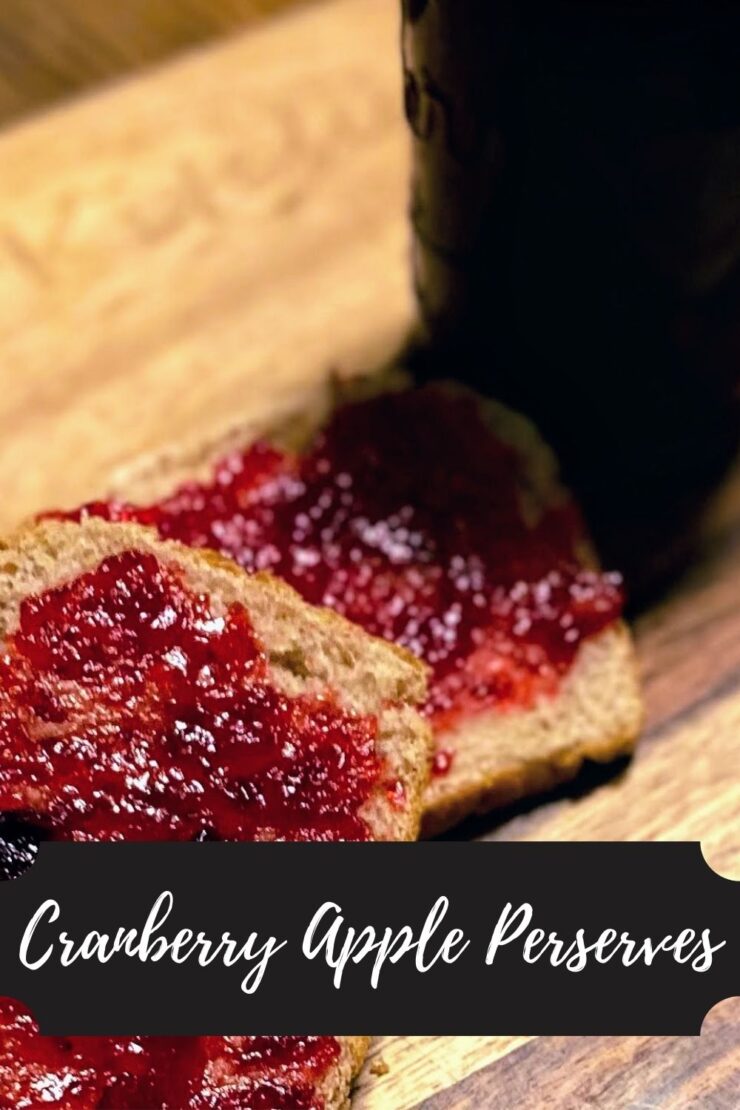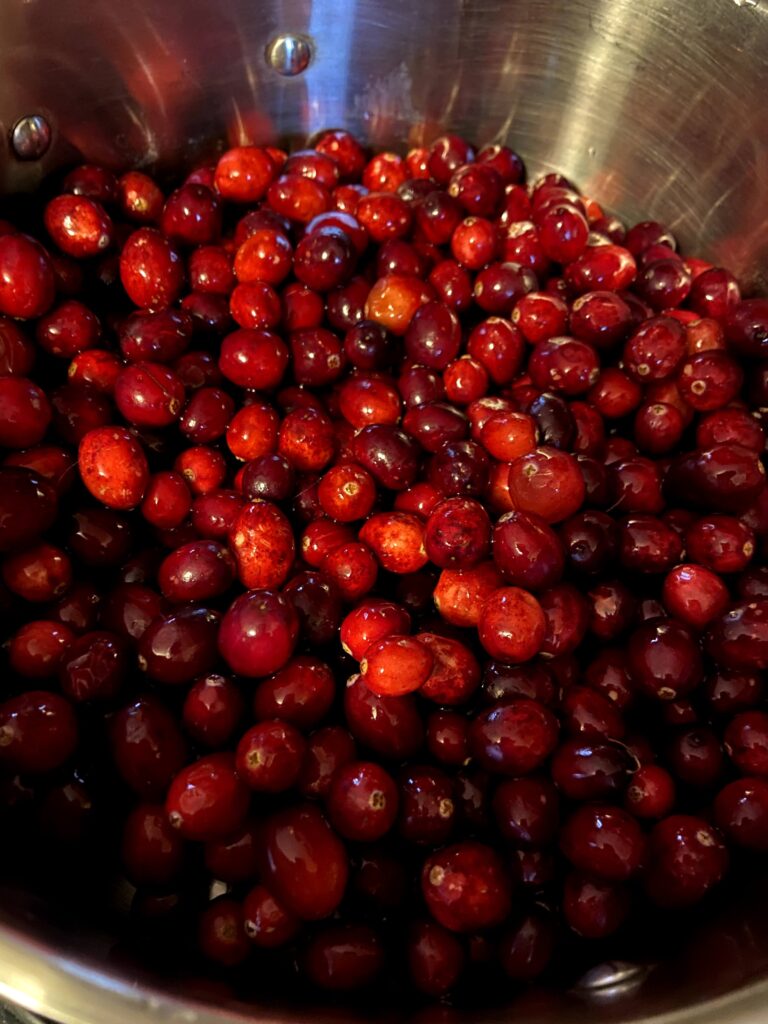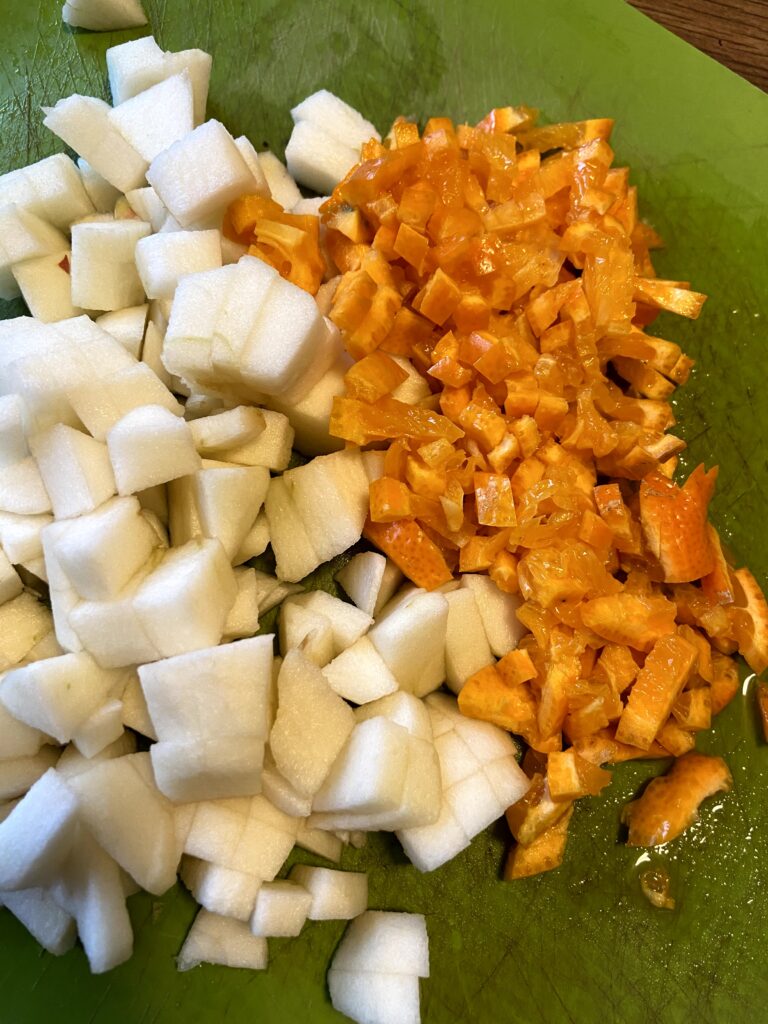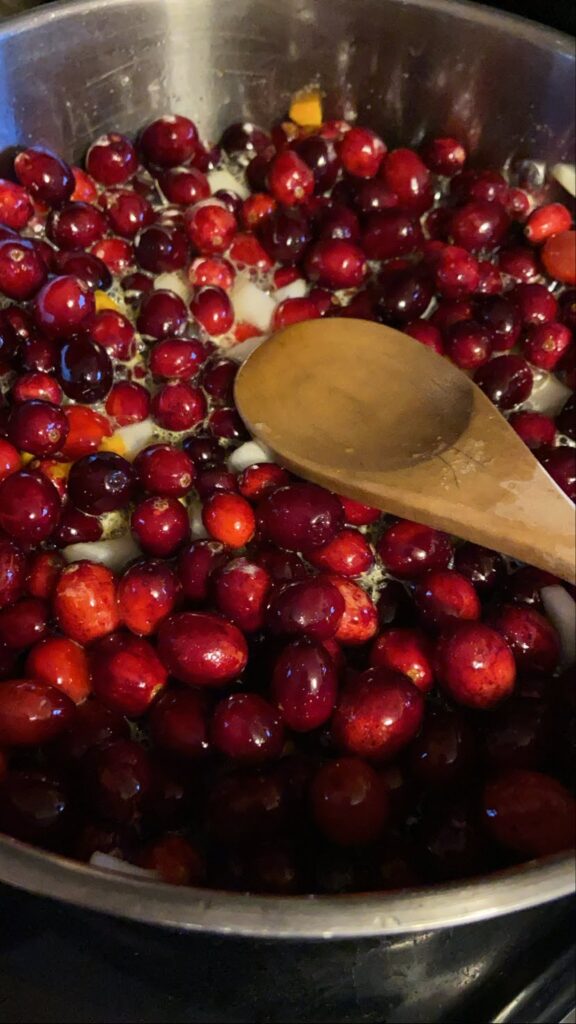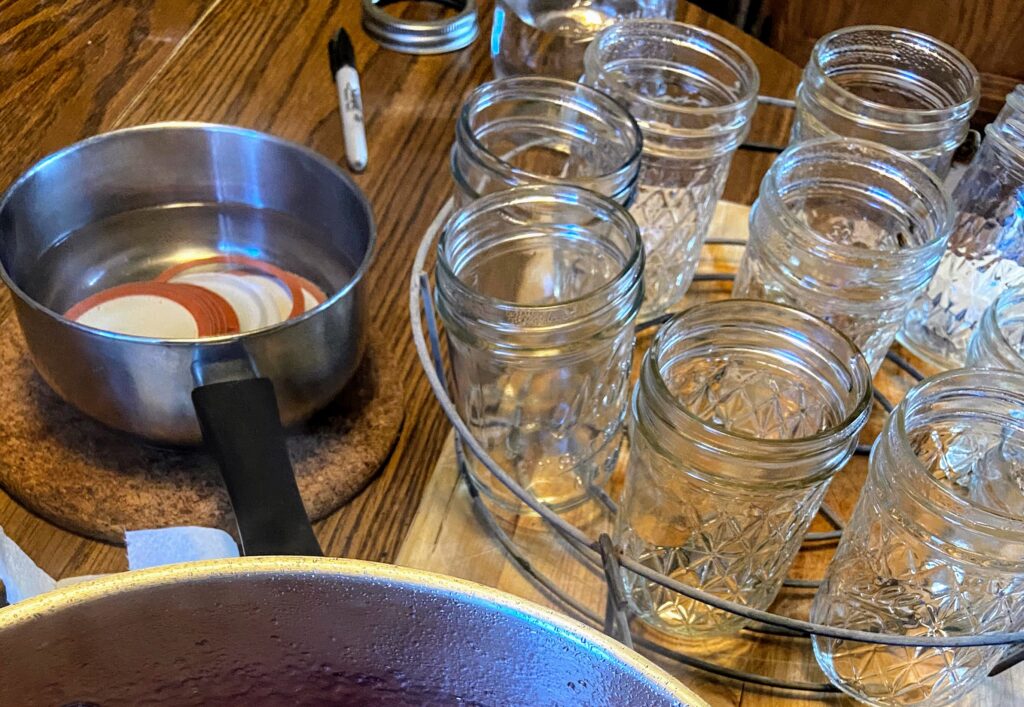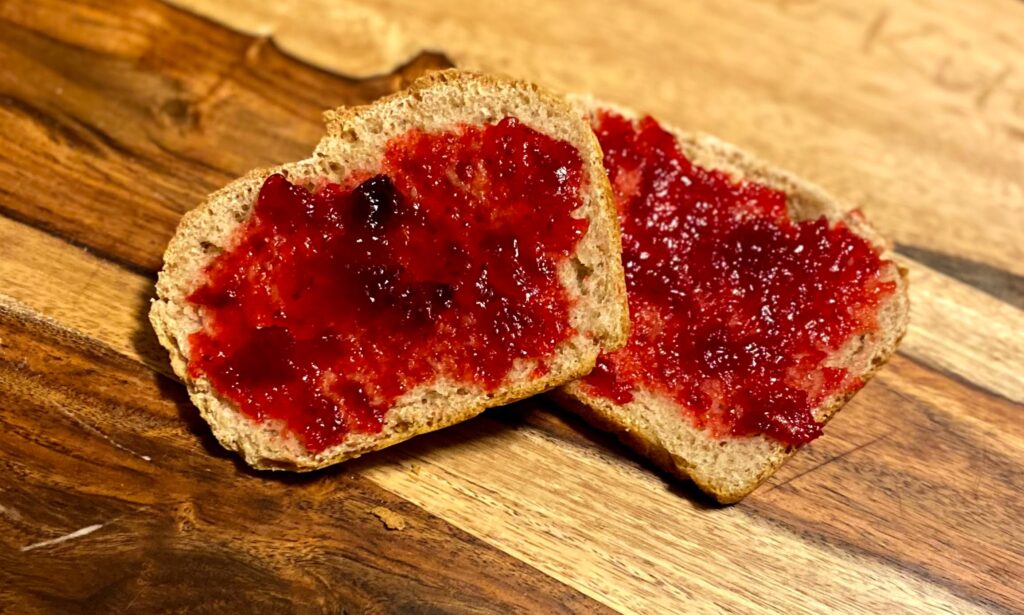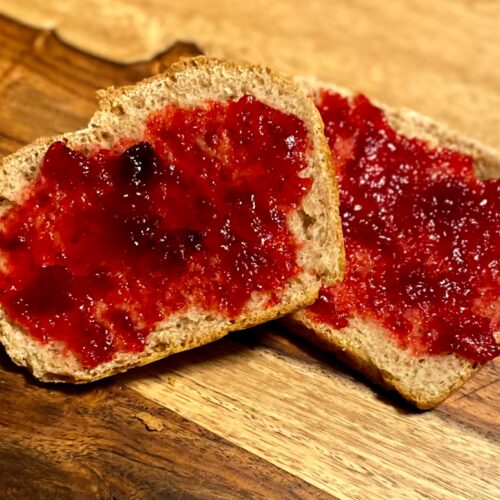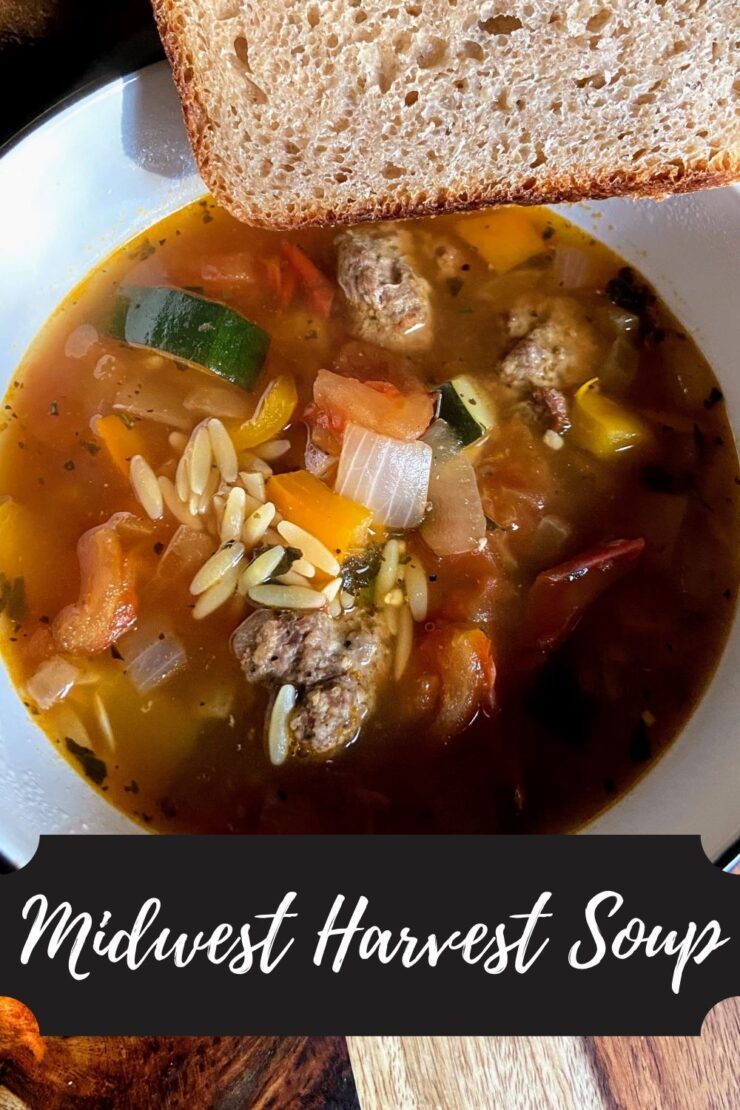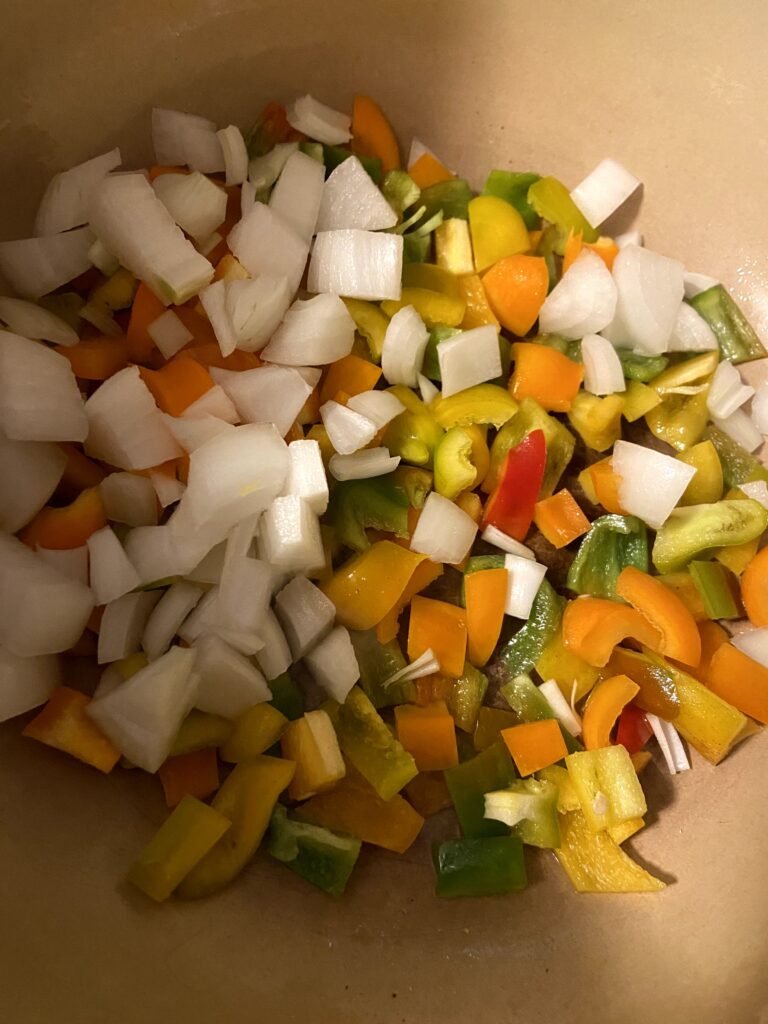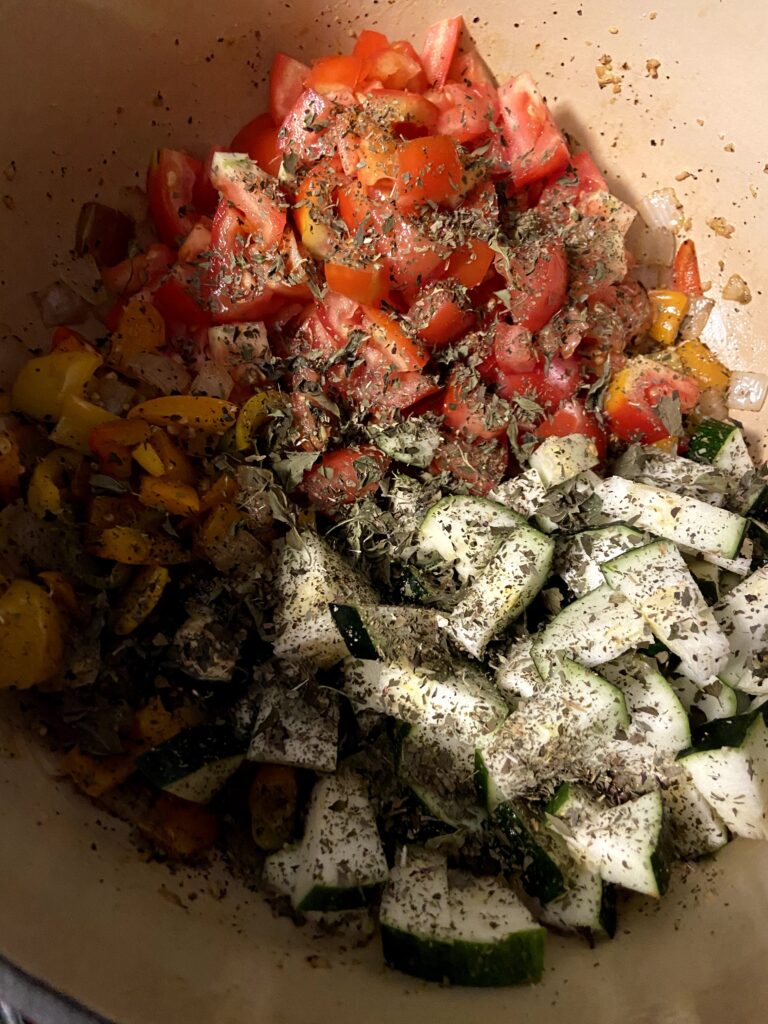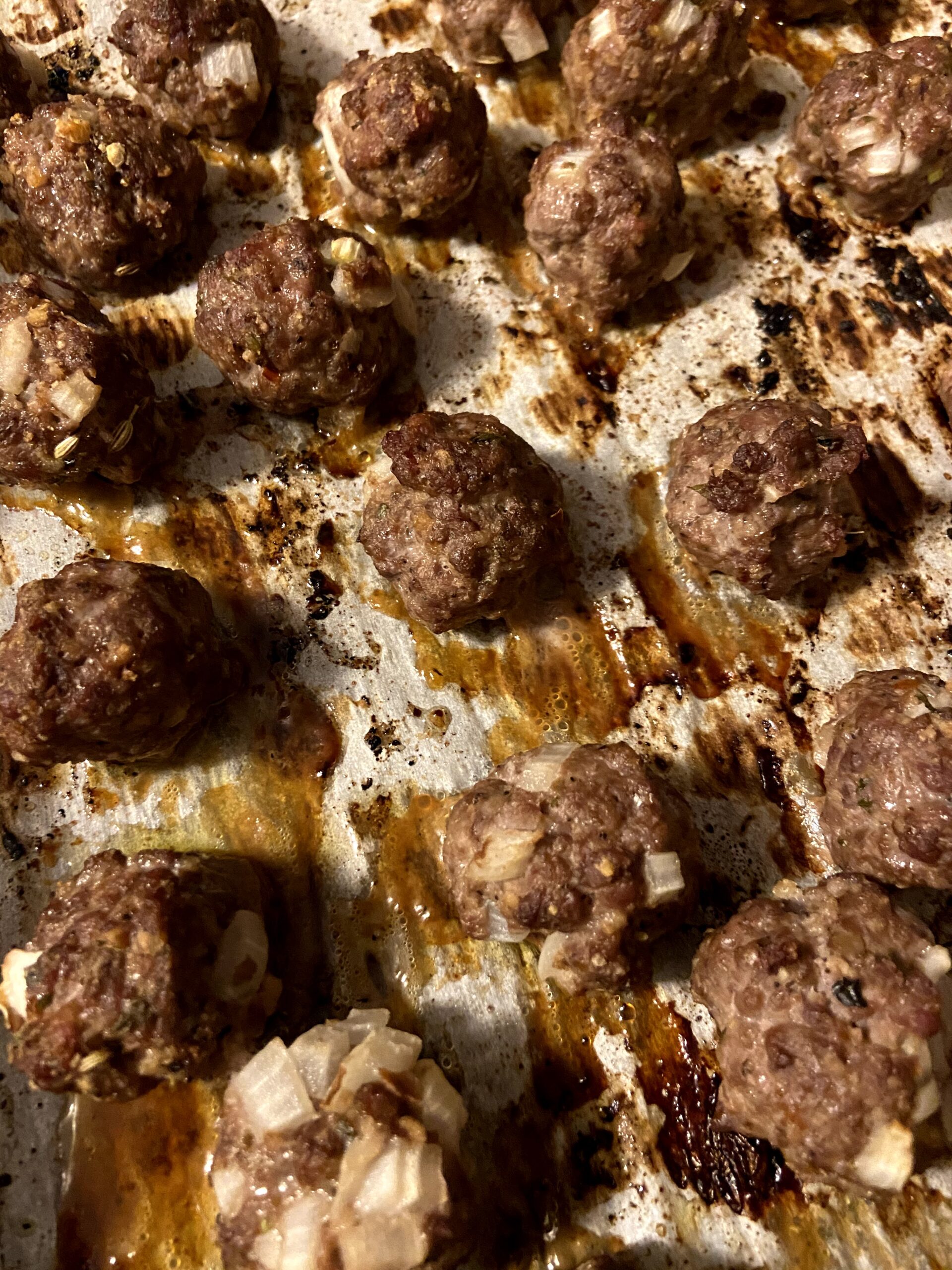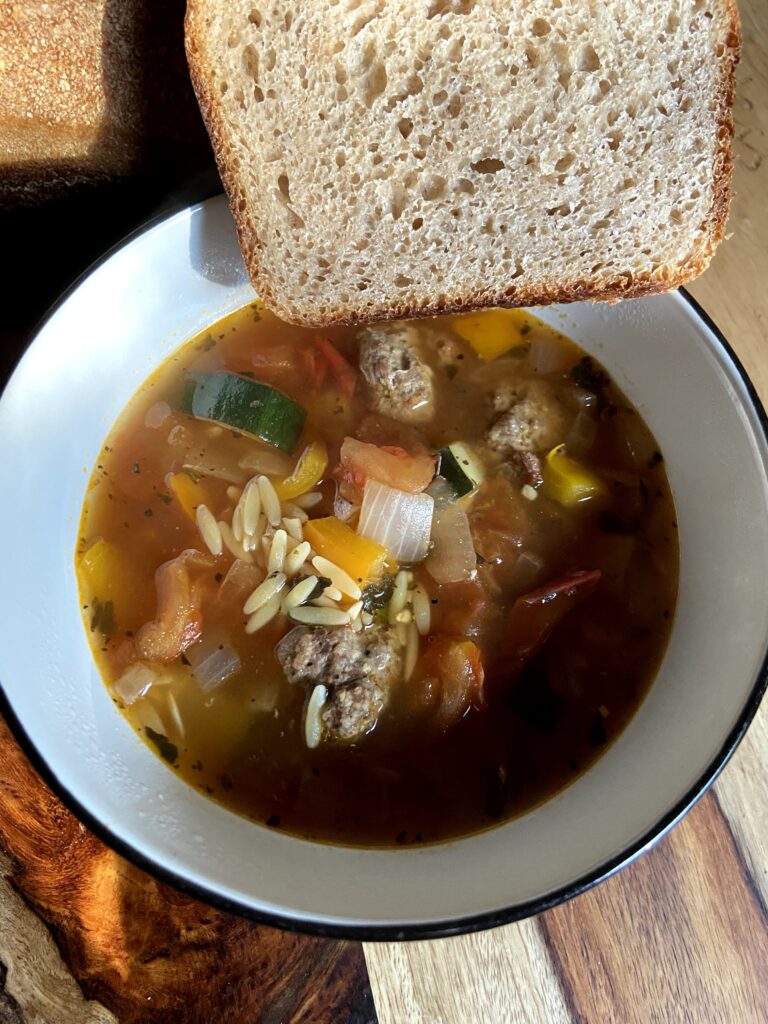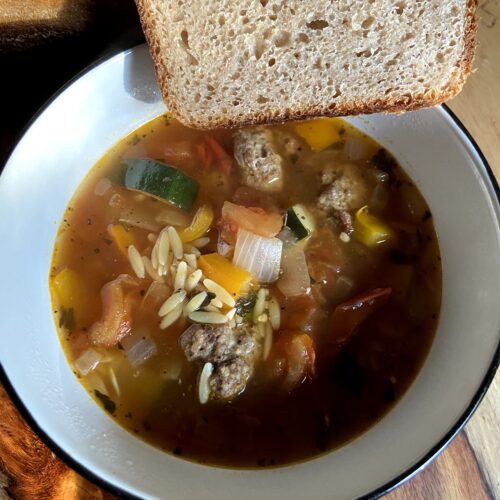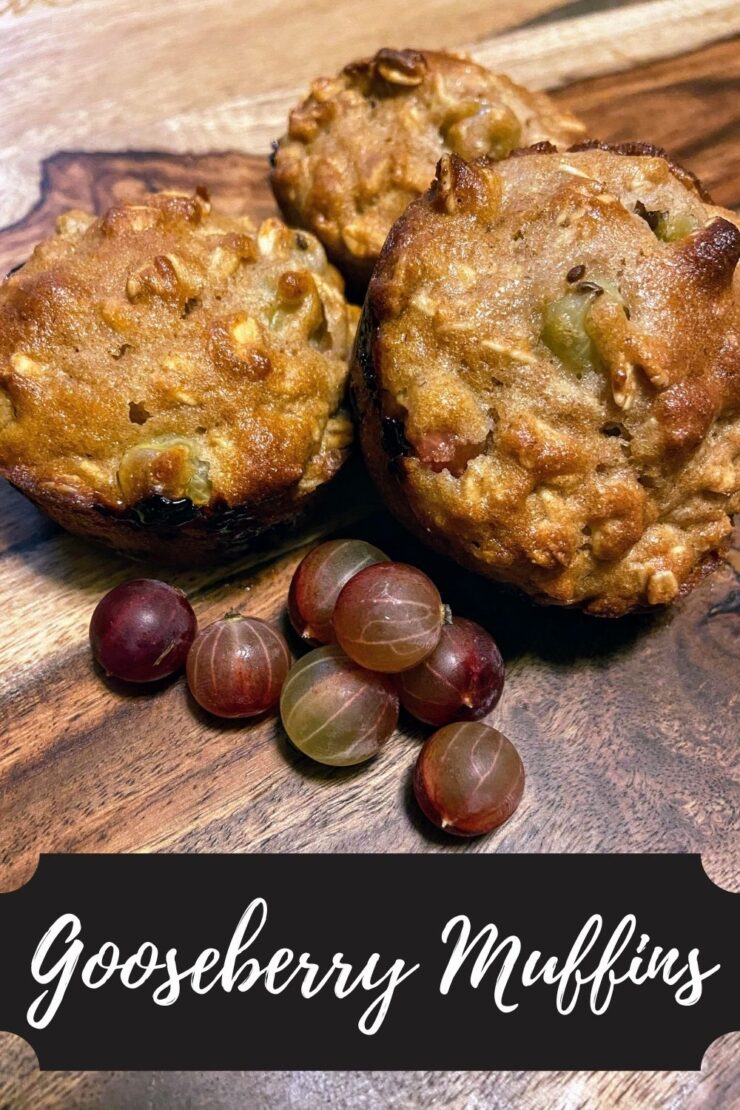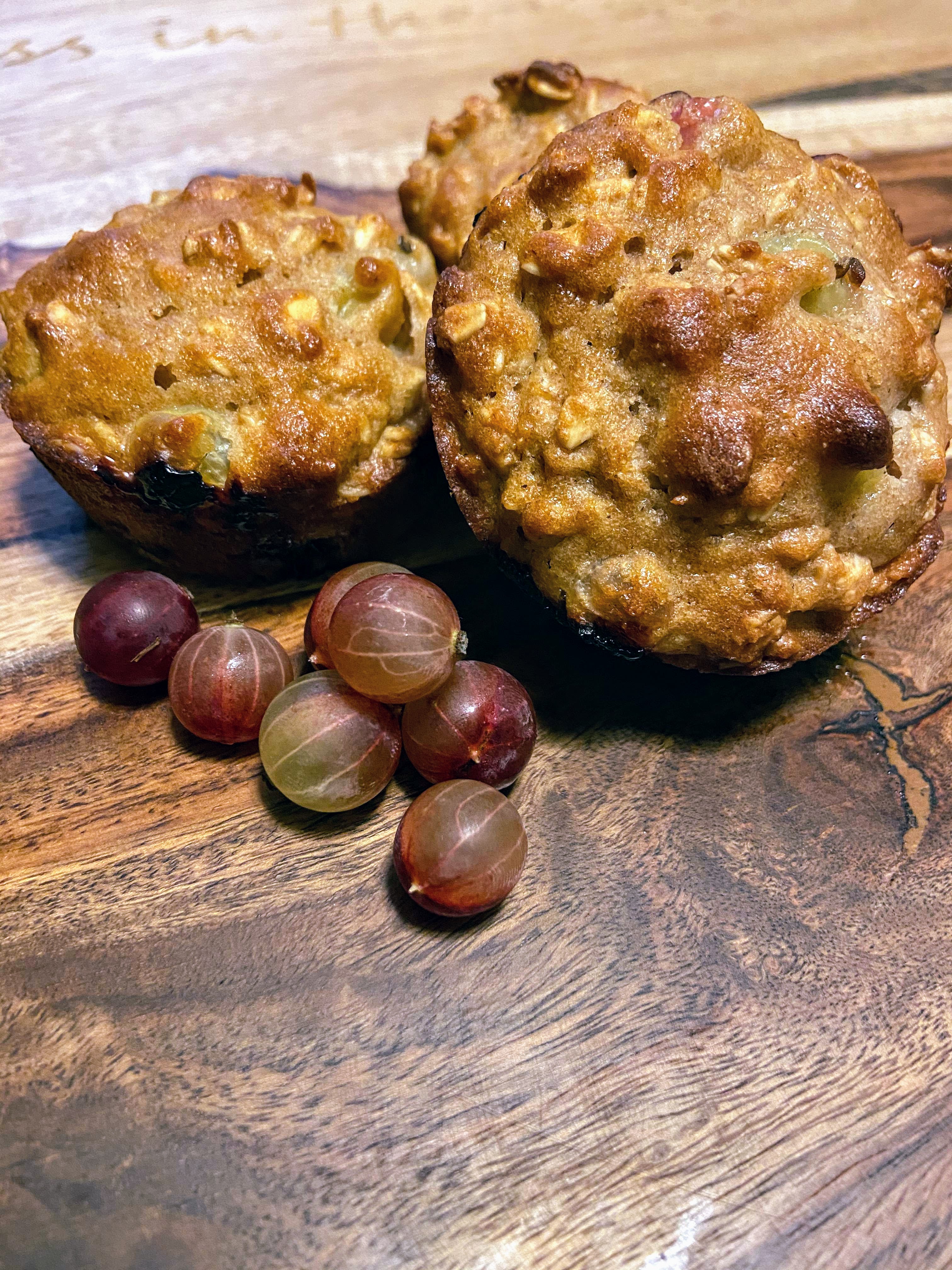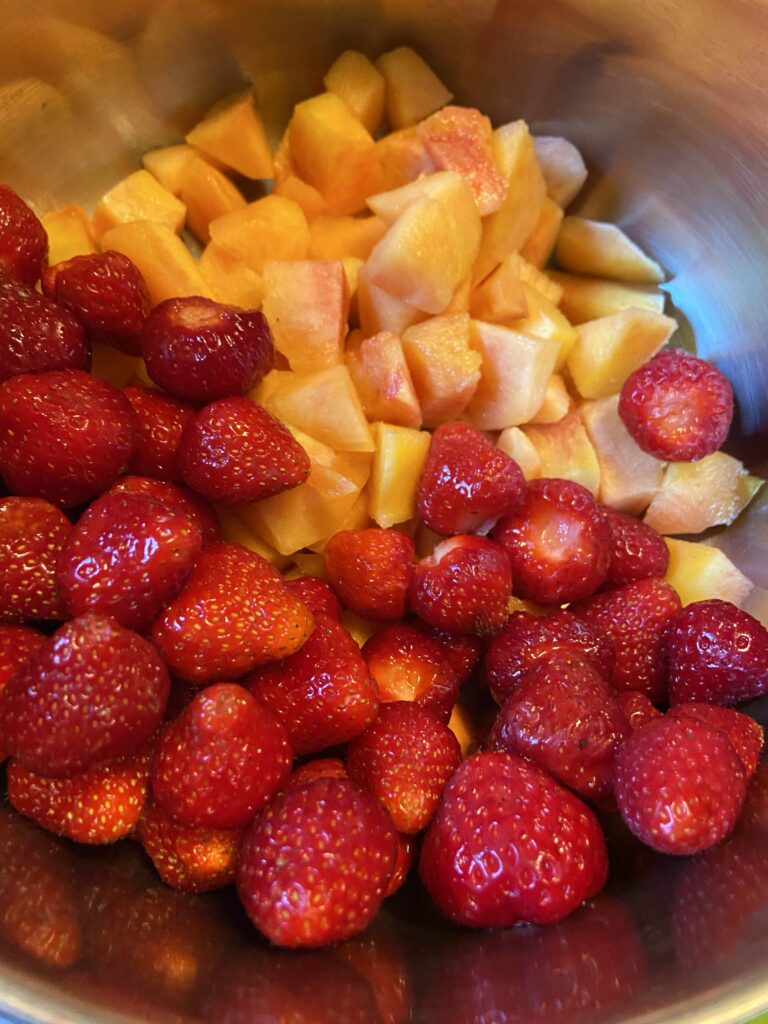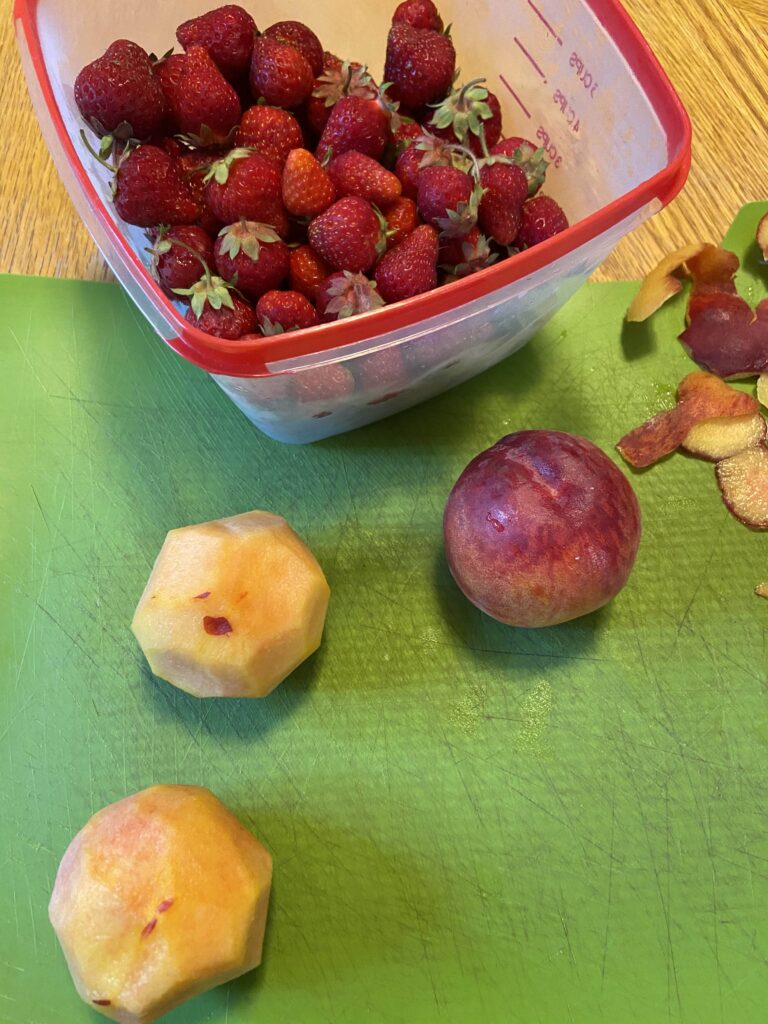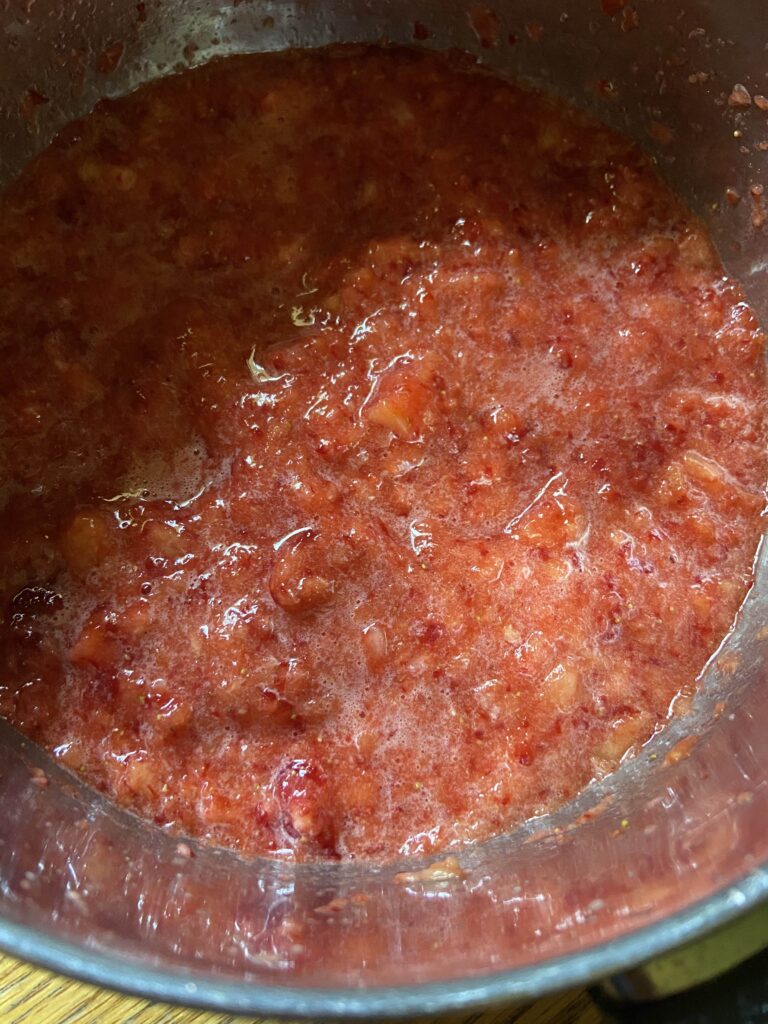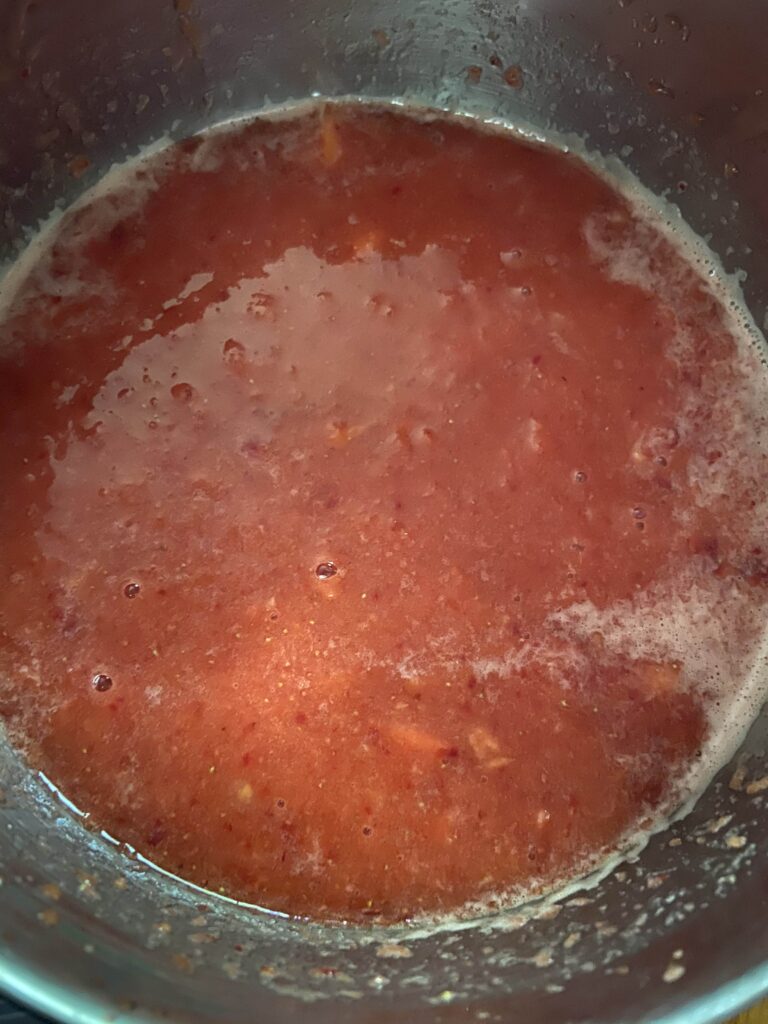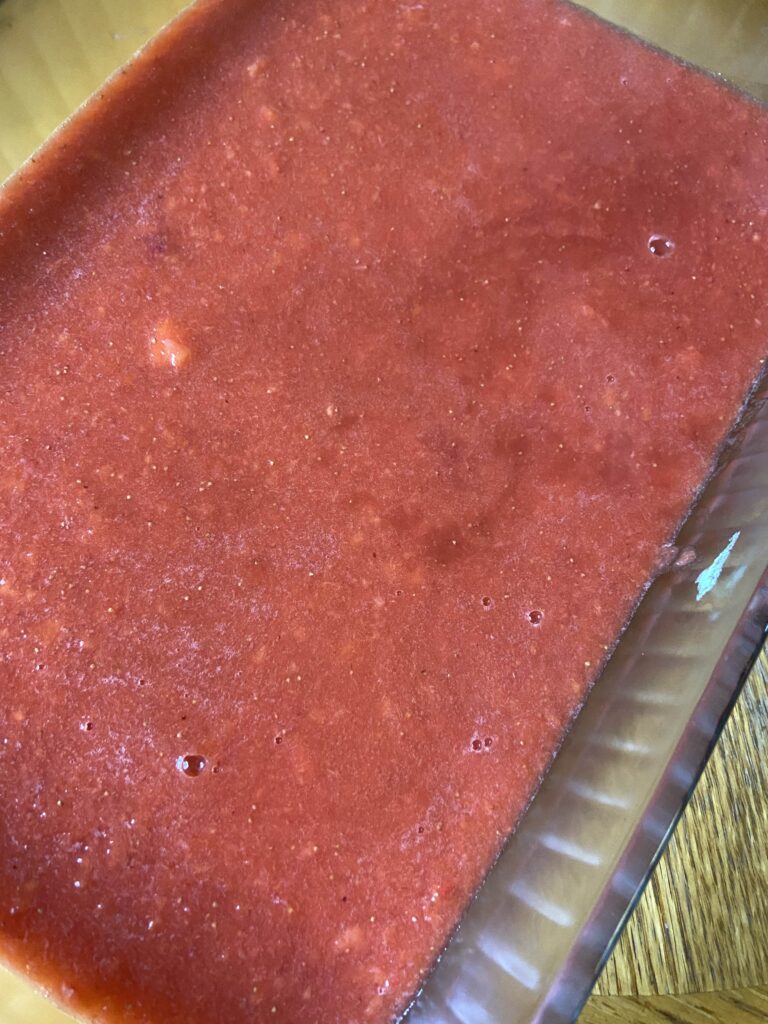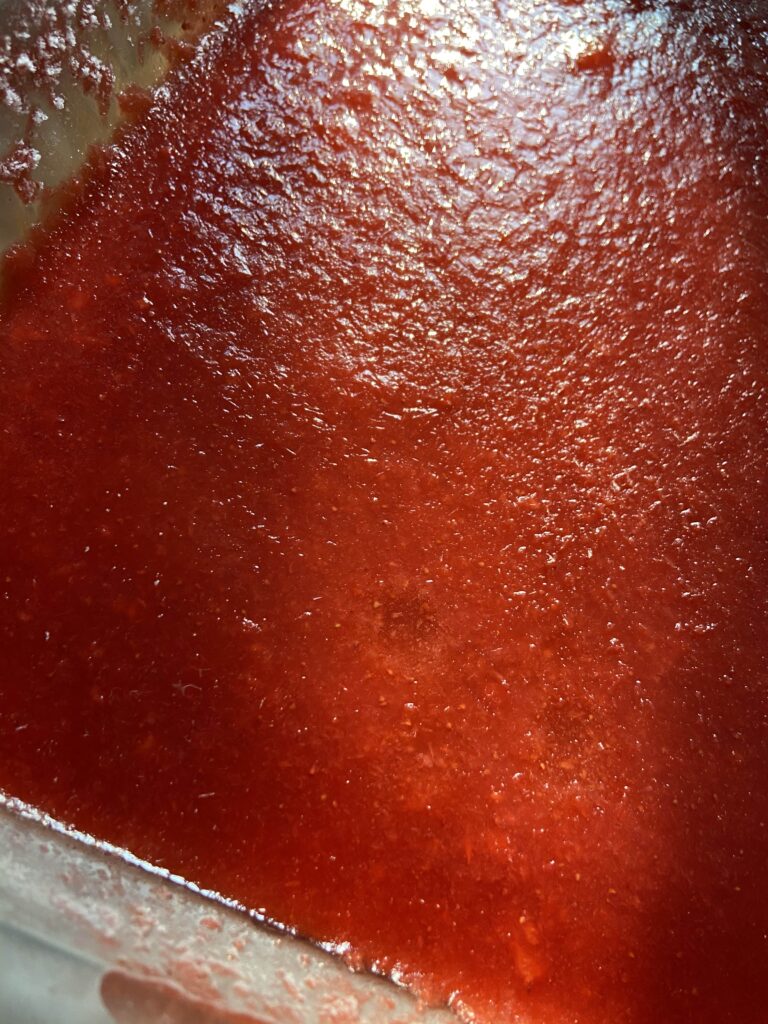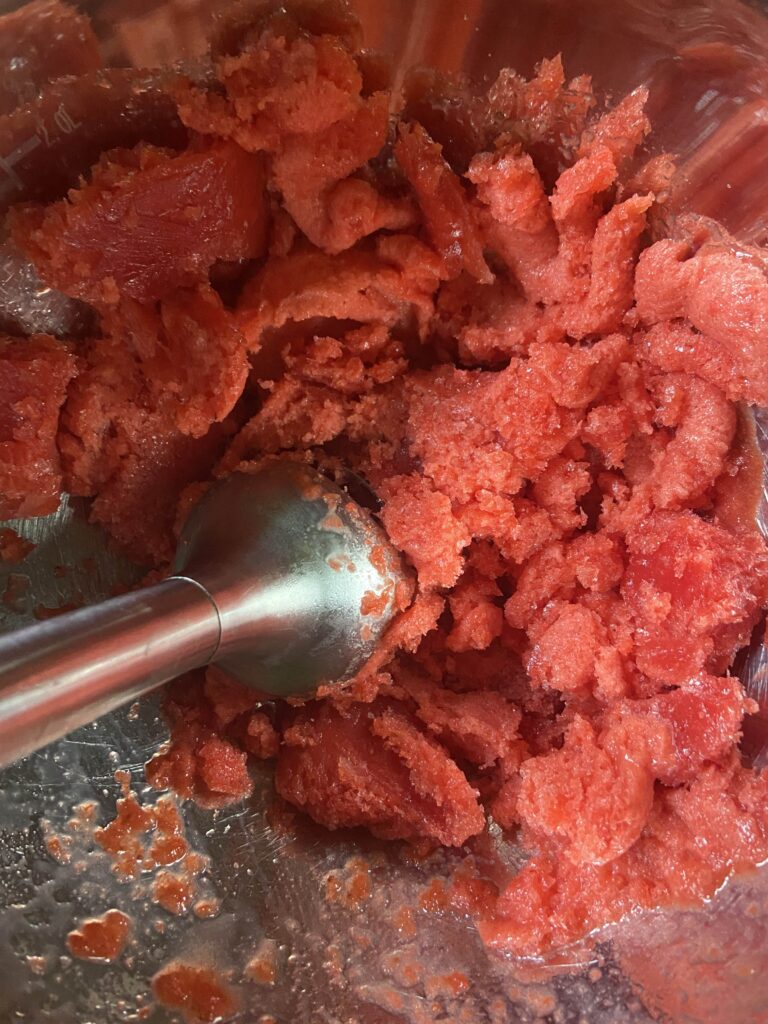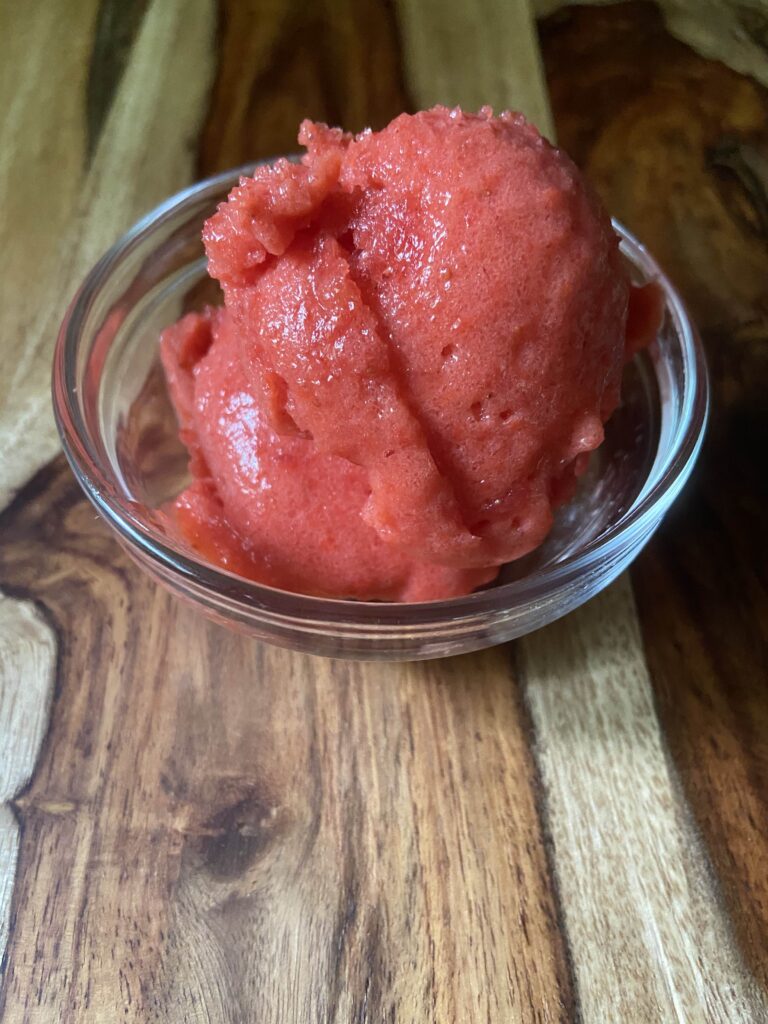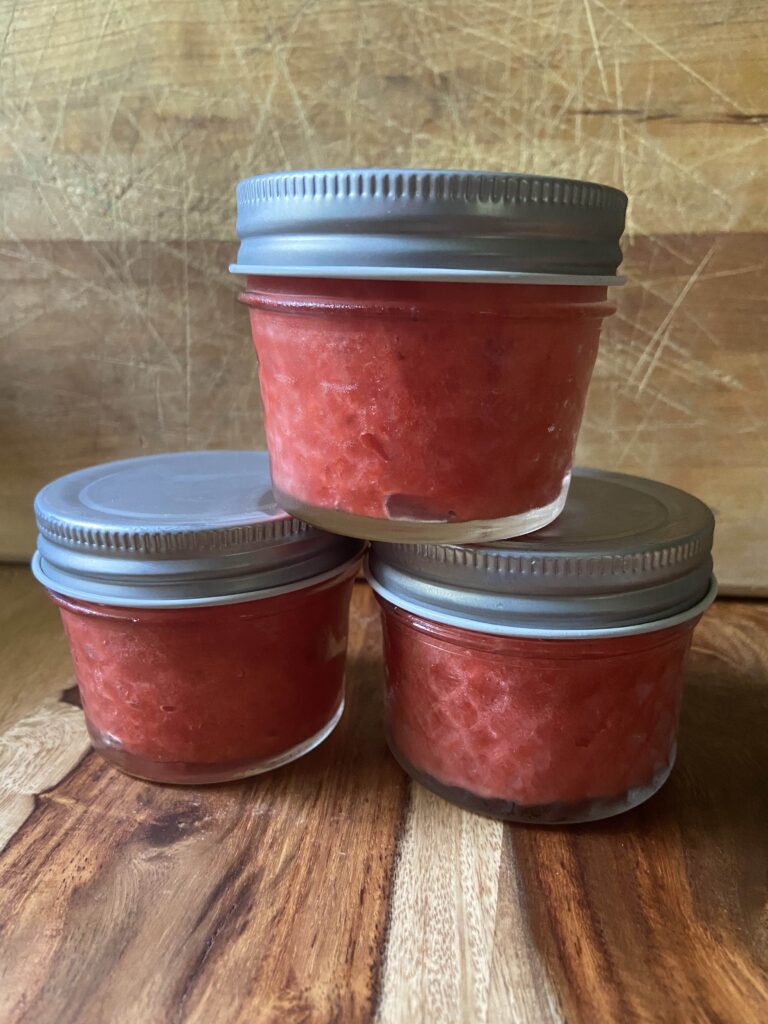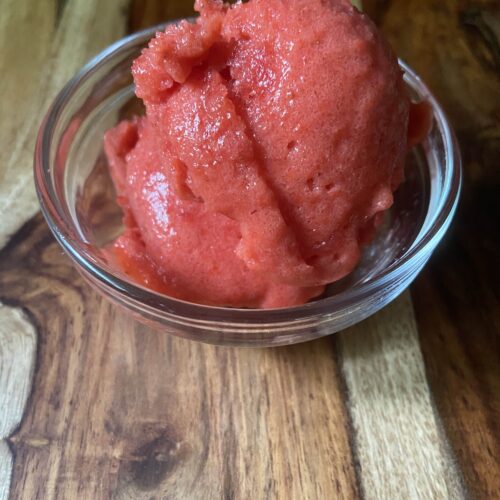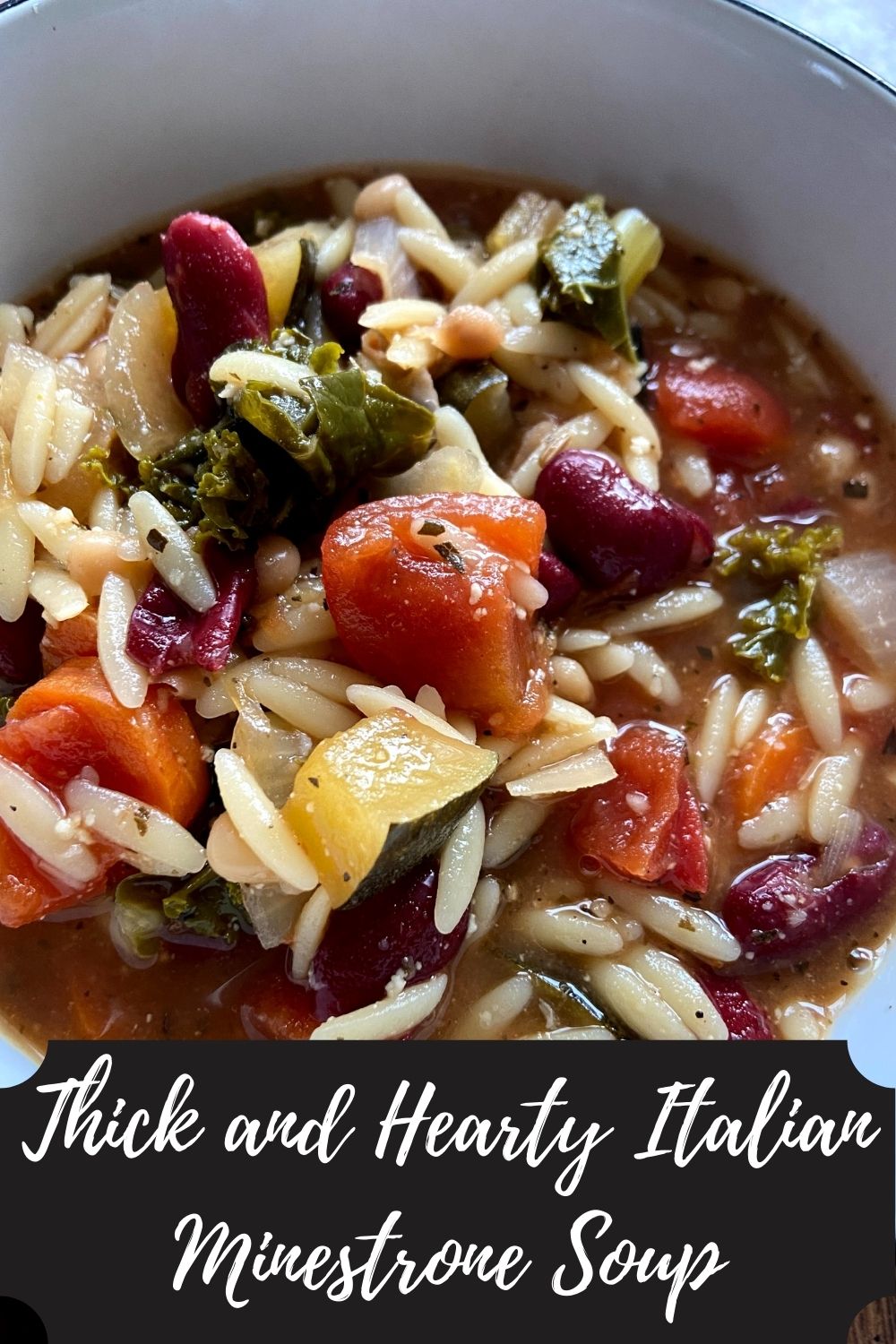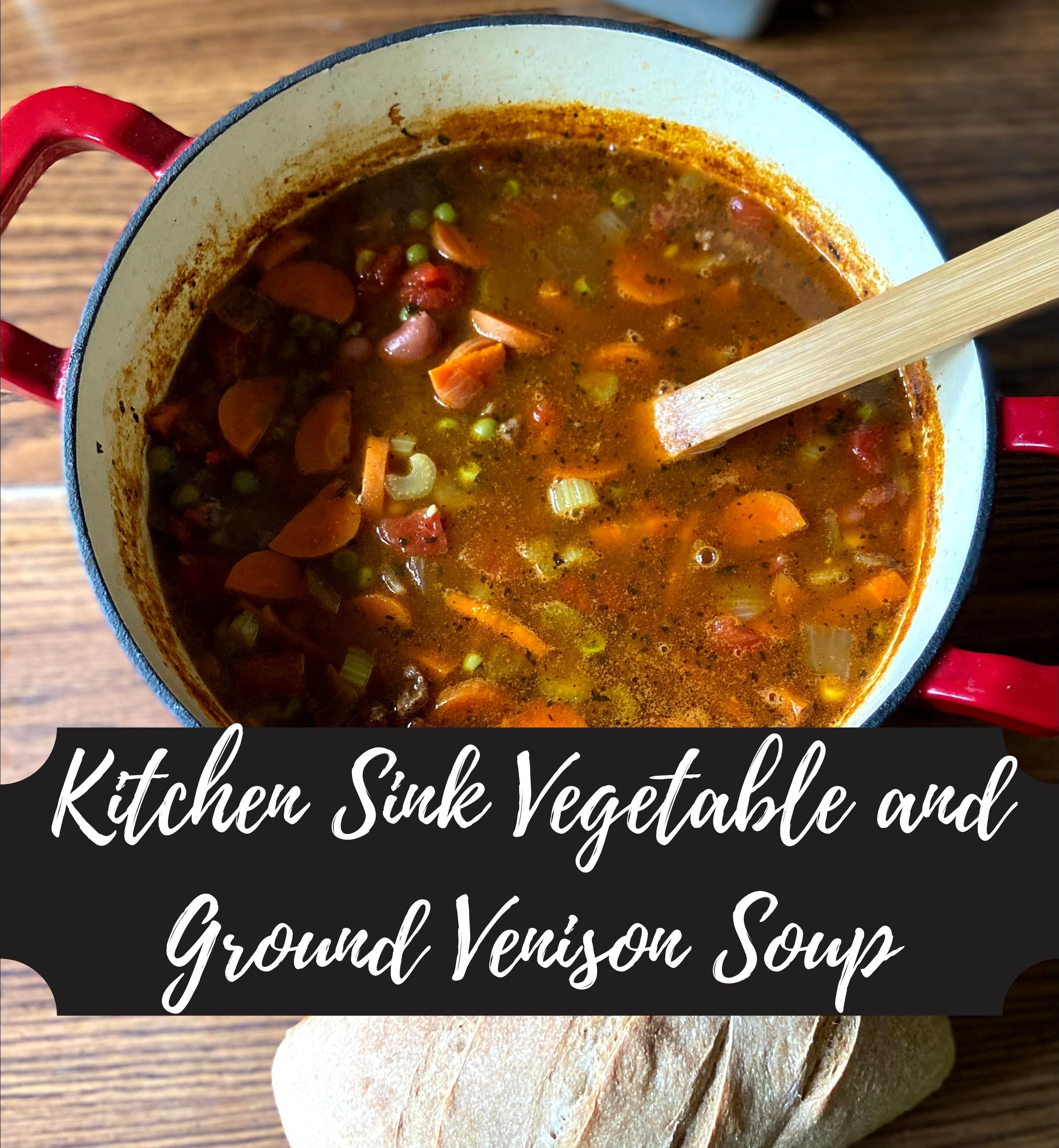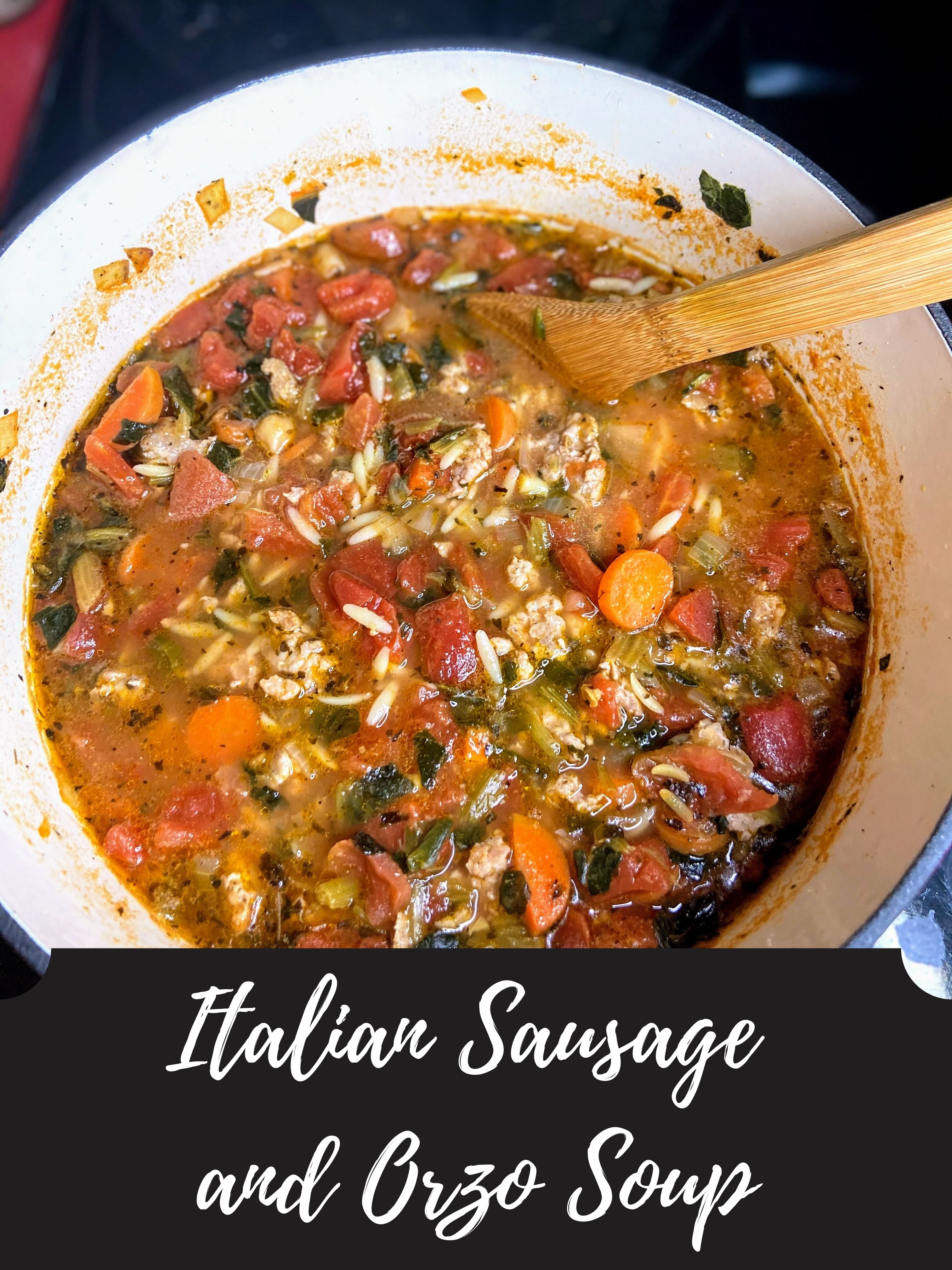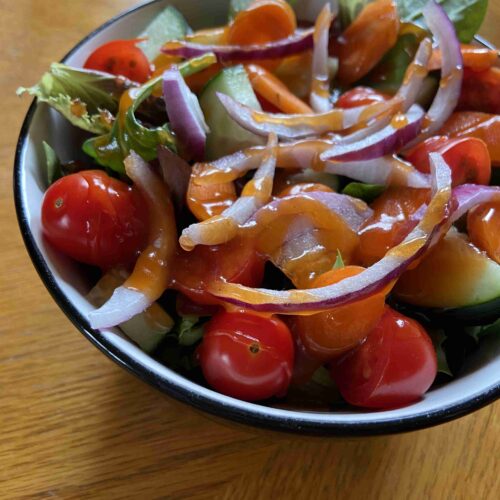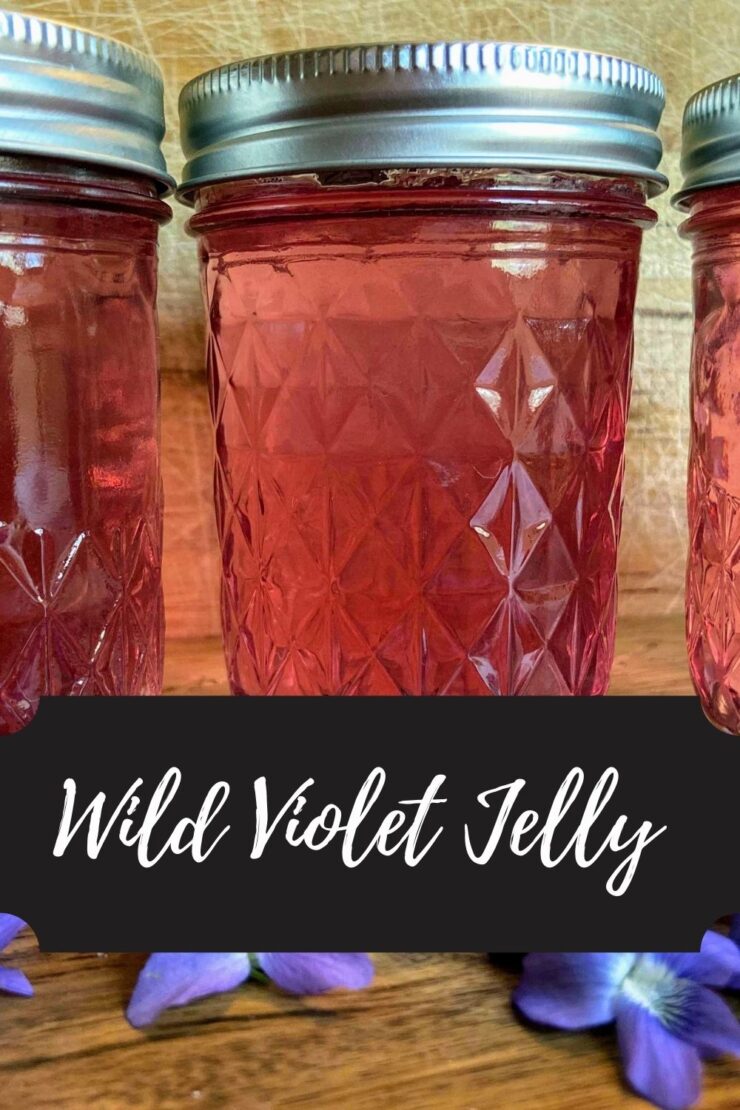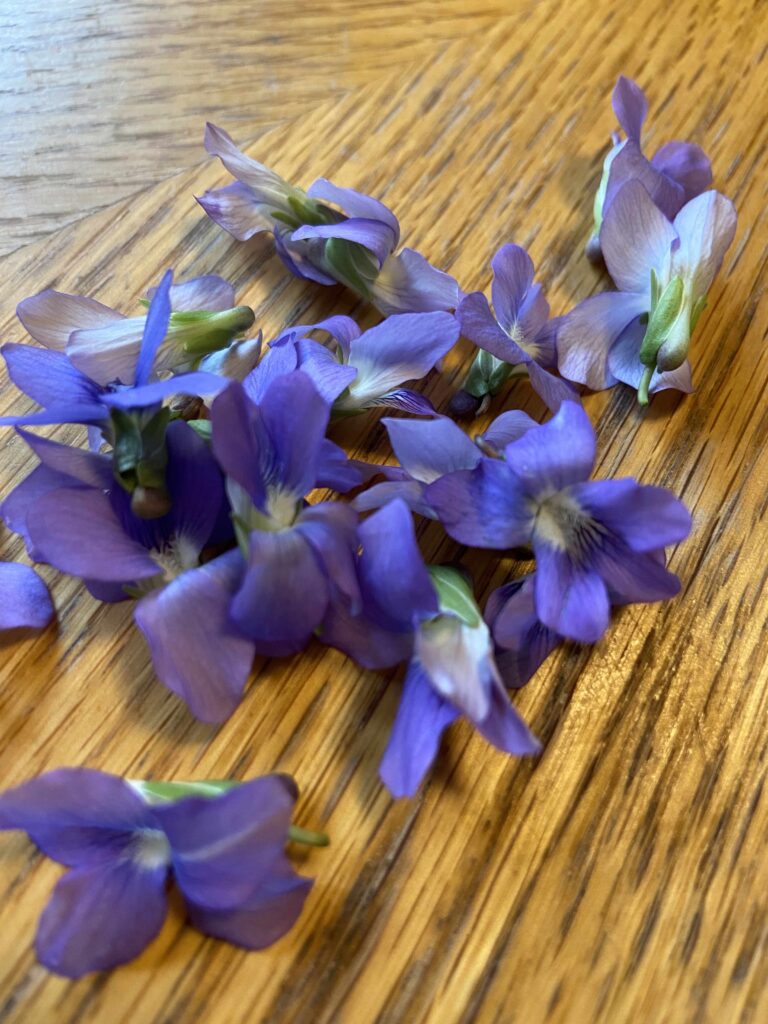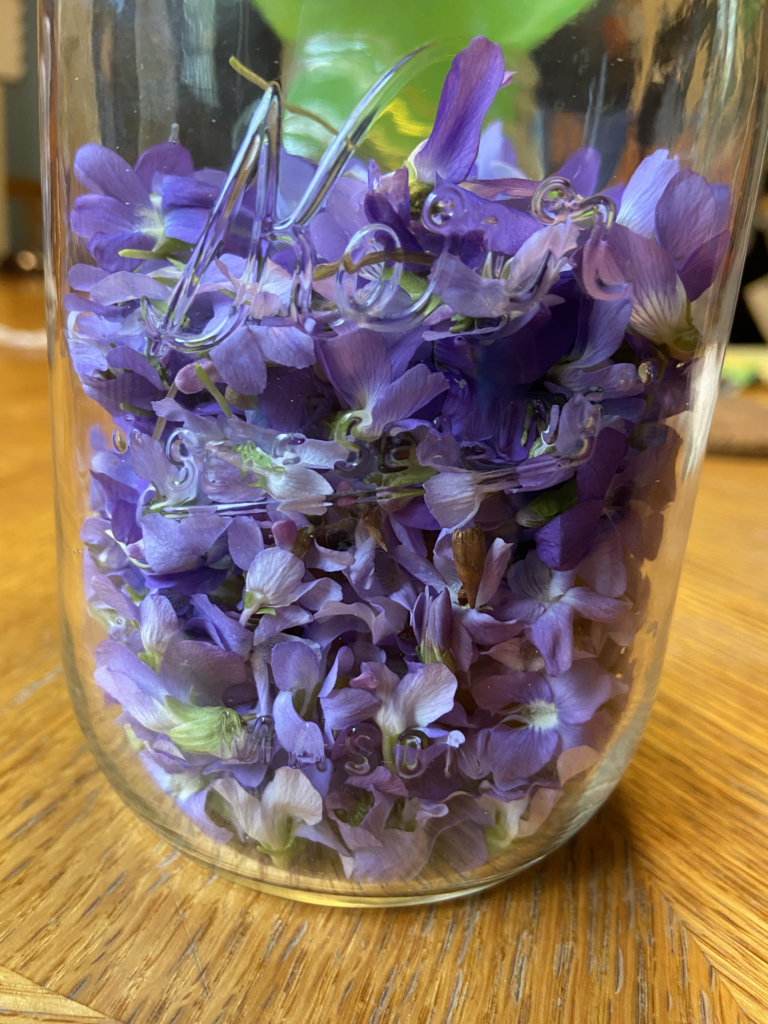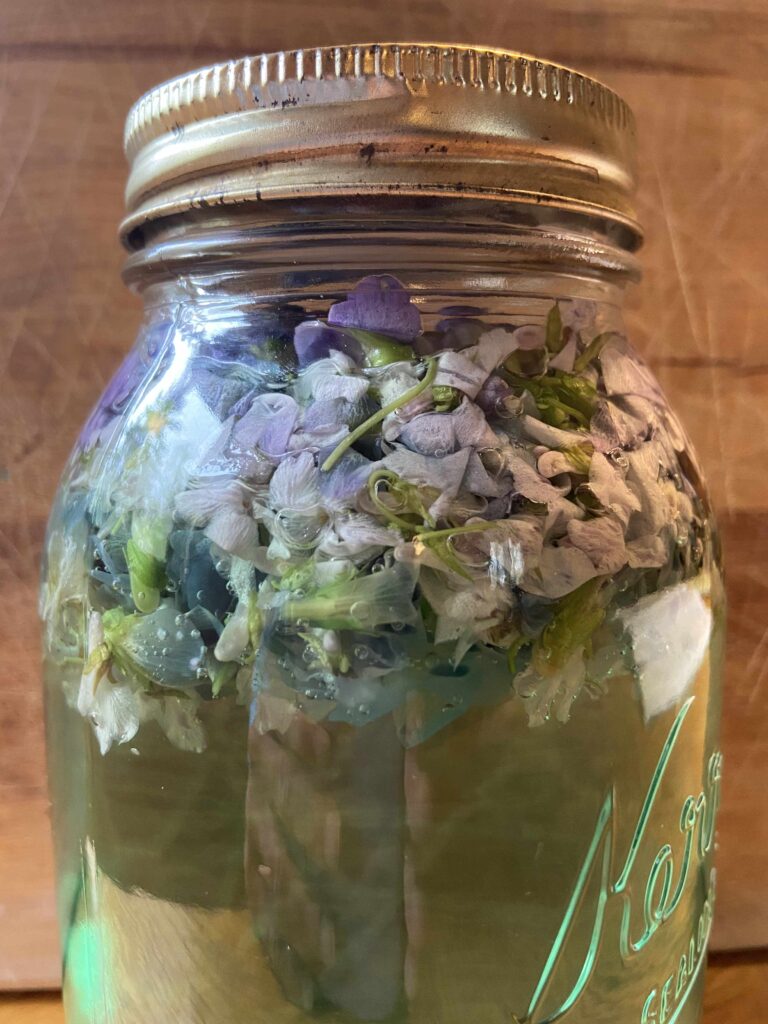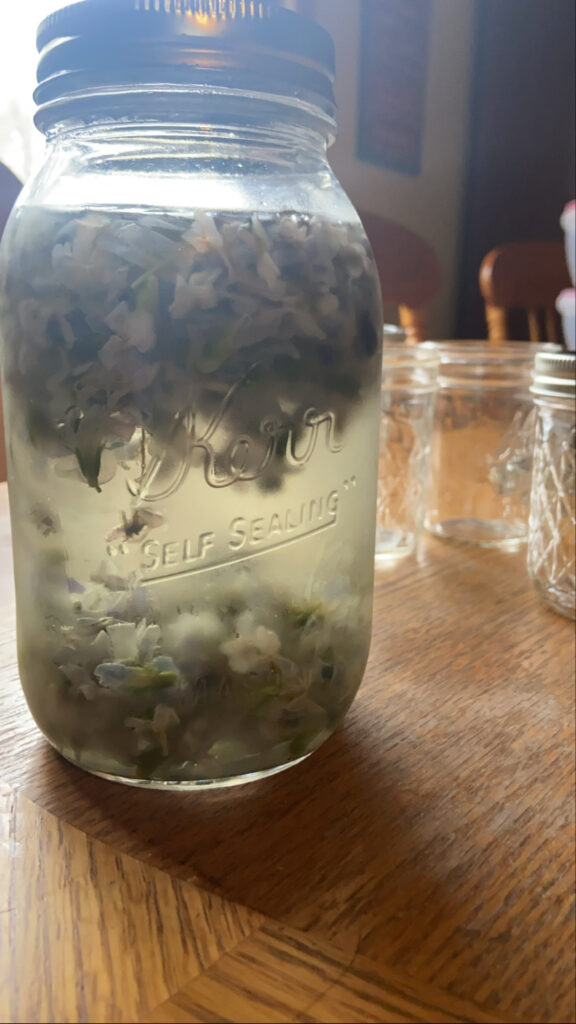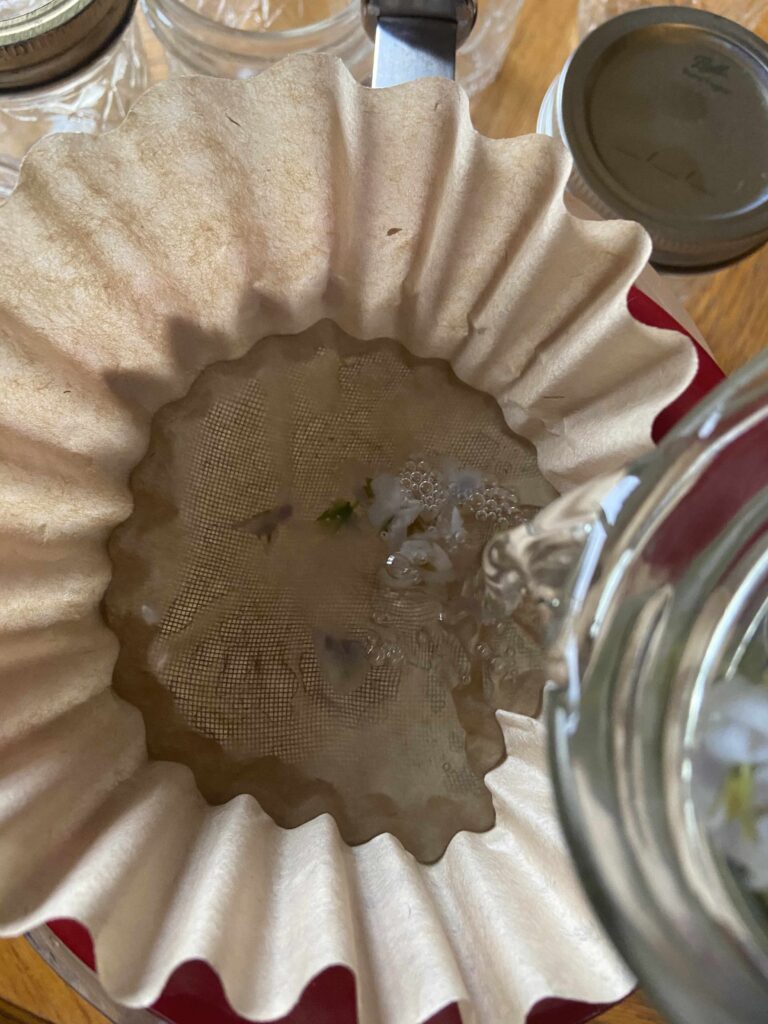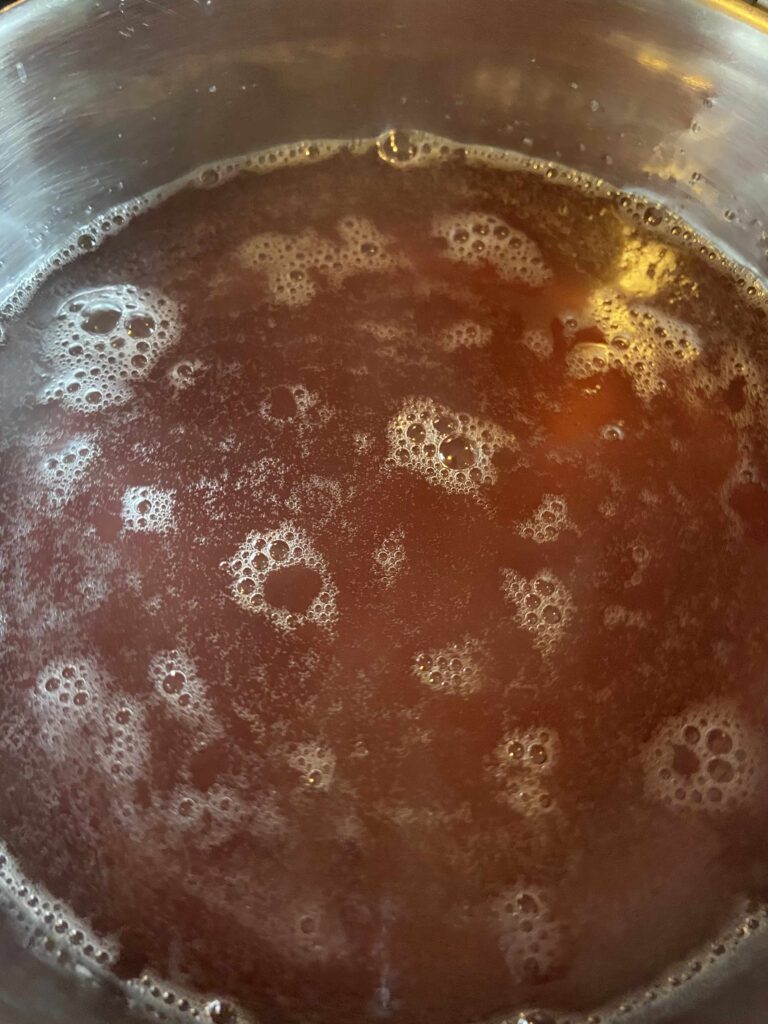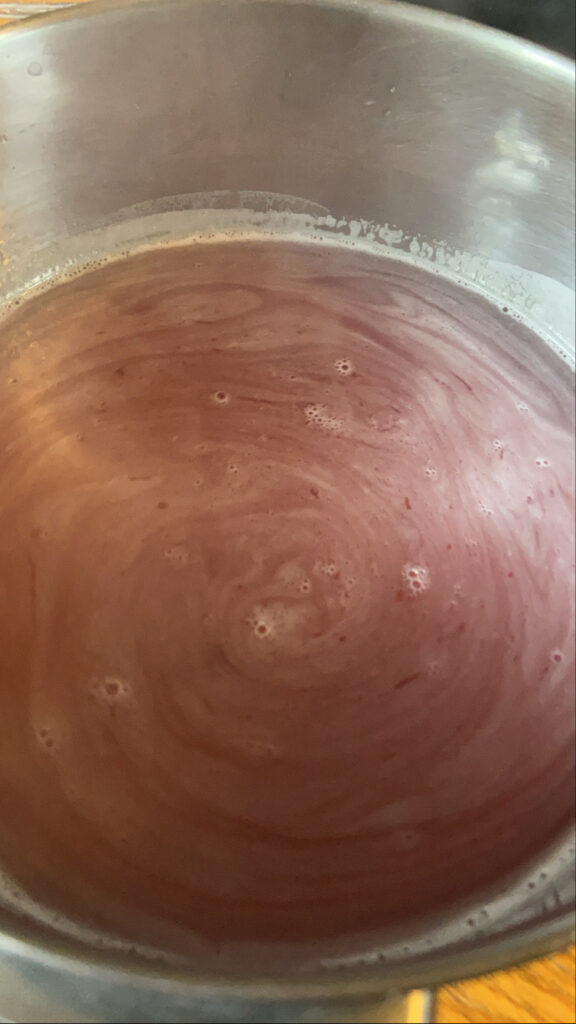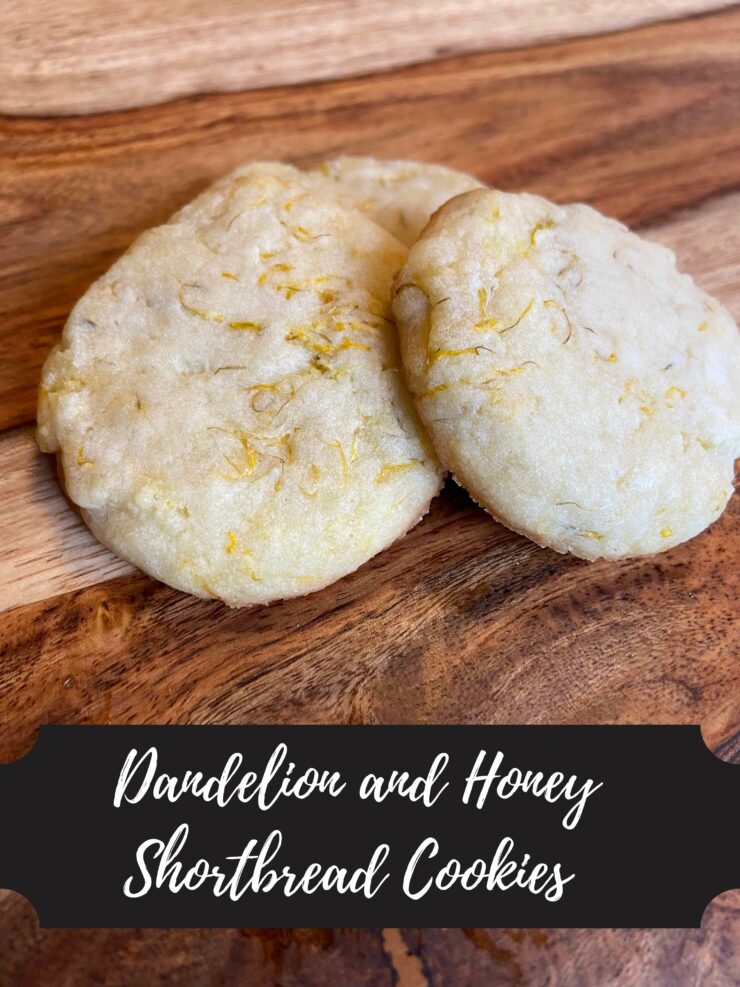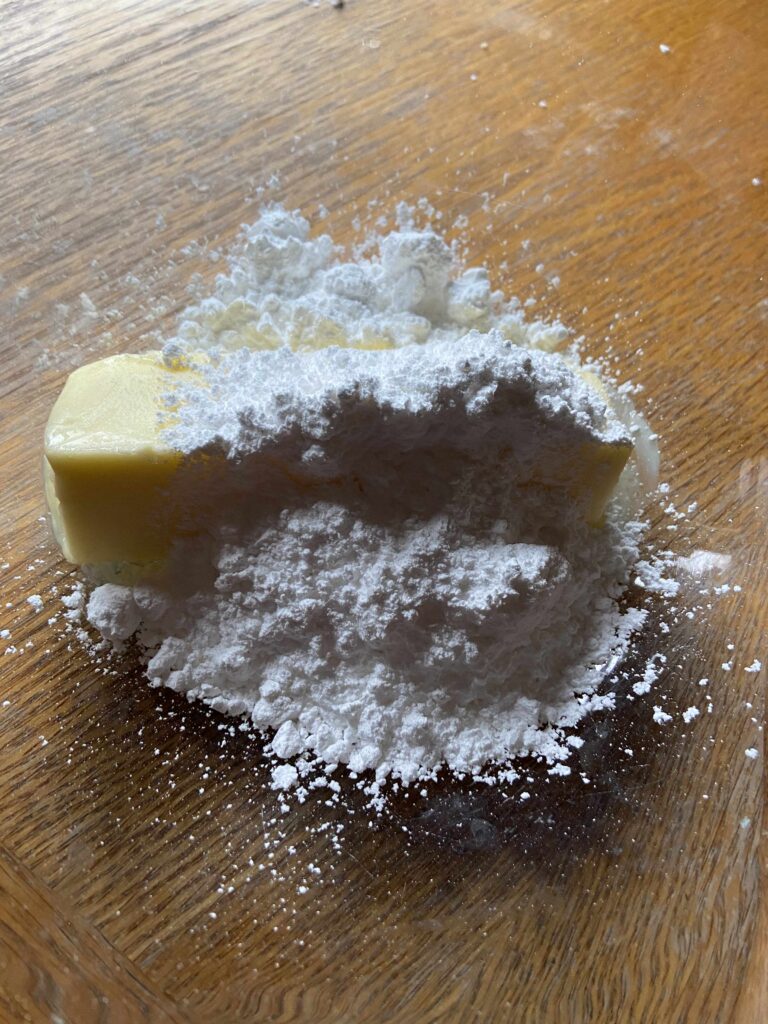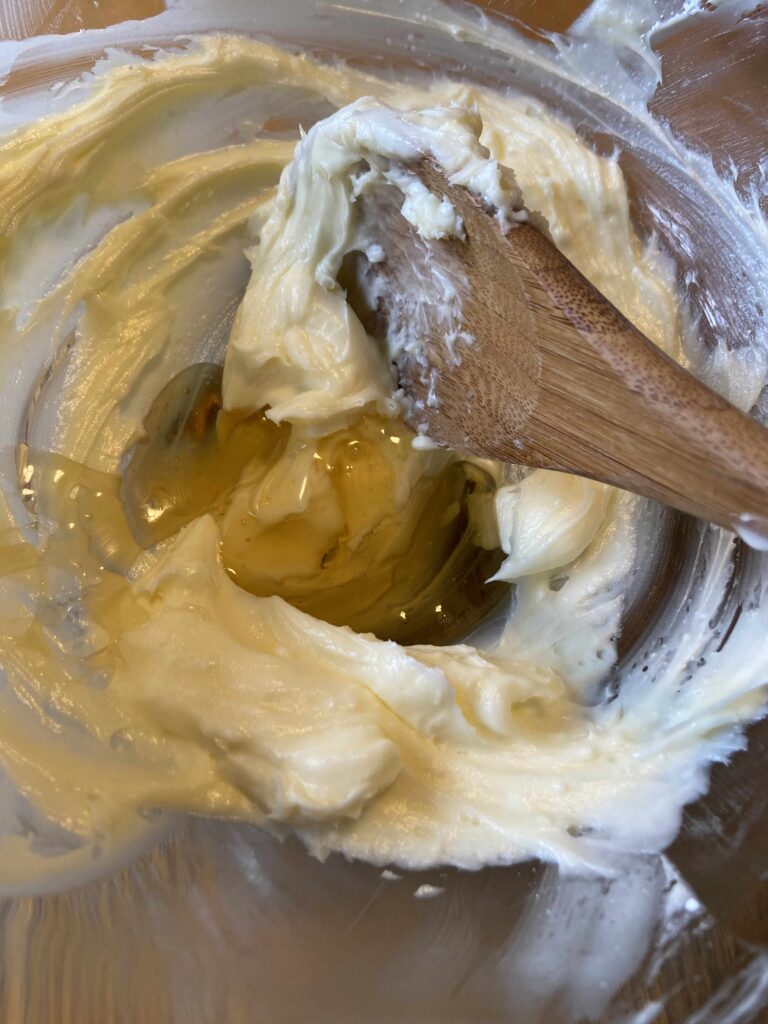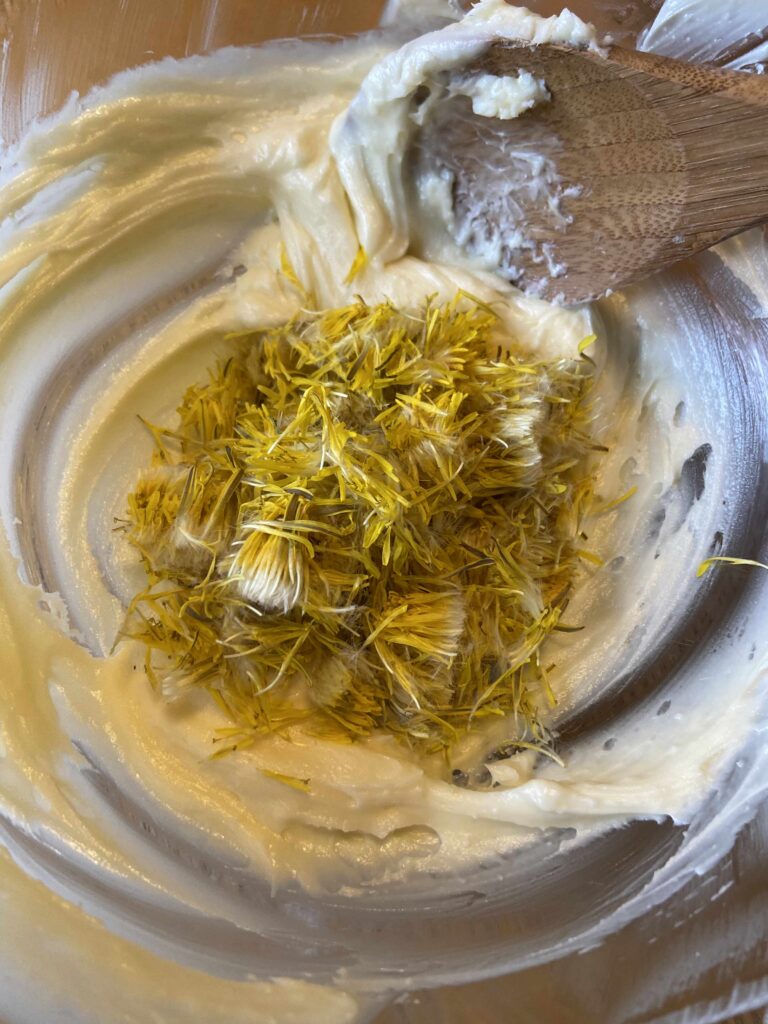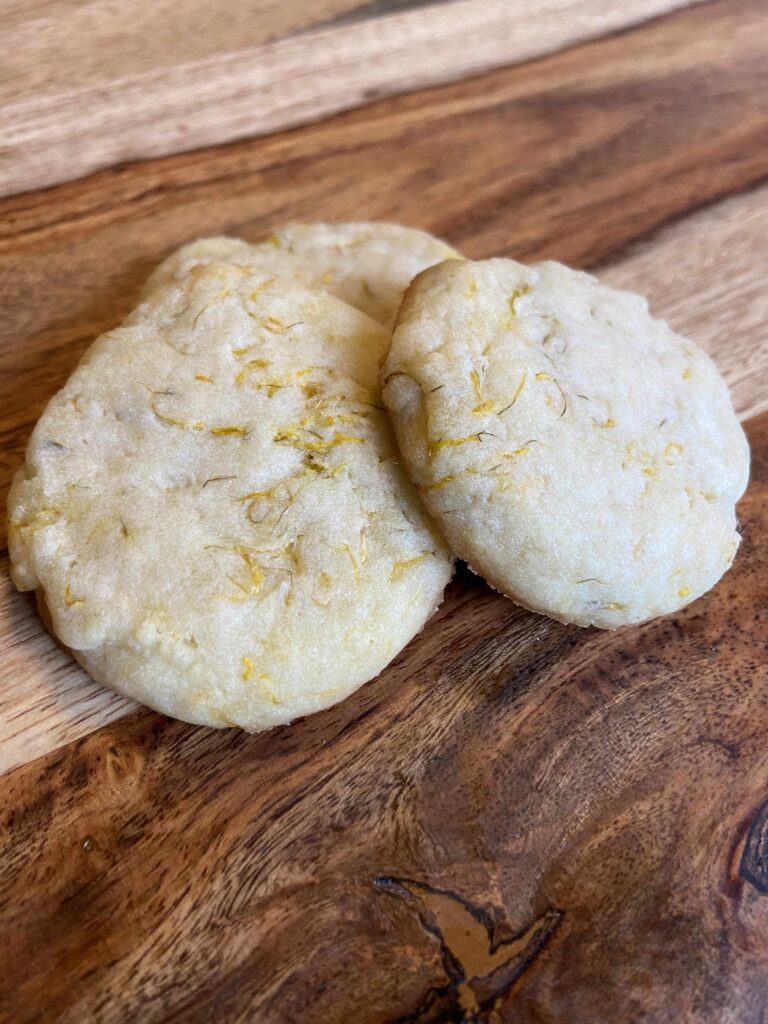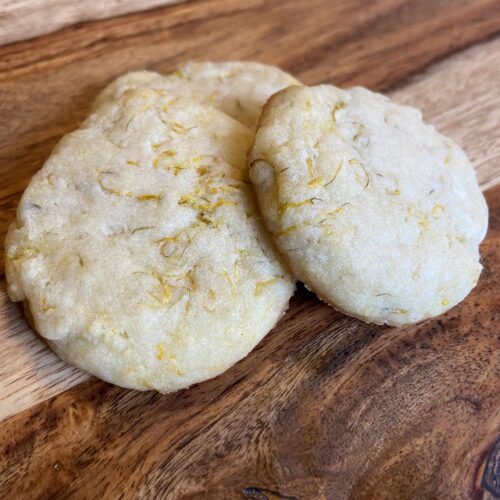I live for creating meals from pantry ingredients. It’s so fun to look into my cupboards and cabinets to see what I have and what I can create from it. Case in point: this Sweet Potato and Pea Pilaf with Chicken. I have this awesome little natural food store that I get to frequent often. When I am there, I can’t help but purchase one or two fun and new bulk ingredients to try out later. Recently, it was basmati rice.
Our lives have become consumed by basketball. Both of my babies are playing and weekends are for tournaments. That means I don’t get to meal prep the way I love to. While it’s hard for me to give up that much time each weekend, I also see my kiddos flourishing on the court and I am here for that. So the scene: Sunday afternoon. Me, thinking, I have to get some food on the table when the Mr. gets home. A few google searches and recipe magazine flipping inspired this creation from the pantry!
And I will tell you, my son wasn’t thrilled that I did peas and sweet potatoes. He didn’t get it and complained as pre-teens do. Then he ate dinner and promptly declared he got all the leftovers and requested it again a week later. I don’t know about you, but I call that a major win in the recipe world! I am so excited for you to give it try!
Your Ingredients
- 2½ tablespoons extra virgin olive oil, divided
- ½ medium yellow onion
- 1 teaspoon minced garlic
- 2 cups white basmati rice
- 1 teaspoon tarragon
- 3 cups low-sodium chicken broth, heated
- 1 pound chicken breast
- 1 sweet potato, peeled and diced (about 2 ¾ cups)
- 12 ounces frozen peas (about 2 ½ cups)
- Salt and pepper
Your Steps to Sweet Potato and Pea Pilaf with Chicken
Heat 1 ½ tablespoons of olive oil in a large saucepan (with a cover) over medium heat until hot. Add onion and garlic. Saute until just softened, about 8 minutes. Add rice and saute, stirring often, until just browned, maybe 3-5 minutes. Watch this carefully. You will be so sad if you burn your rice.
Season with salt, pepper, and tarragon. Add 3 cups of hot stock. Cover lower heat to a simmer. Cook for 10 minutes. Remove the rice from the heat and allow it to sit for an additional 15 minutes.
While the rice is doing its thing, preheat the oven to 425 degrees. Spray a baking sheet with non-stick cooking spray. Season the chicken with salt and pepper on each side and place on one half of the baking sheet. In a small bowl, toss the diced sweet potato with the remaining olive oil with salt and pepper, to taste. Layer on the other half of the baking sheet. Bake for approximately 20-24 minutes, until chicken is cooked through. Remove from the oven. (Do not turn off the oven).
Dice chicken into bite-size pieces. Combine rice mixture, diced chicken and sweet potato and frozen peas. Taste test and see if more salt or pepper is needed. Spread into a greased 9×13 glass baking dish and place in the oven for 10-15 minutes. Serve up hot on its own or with another vegetable side (I don’t think you can ever have enough!)


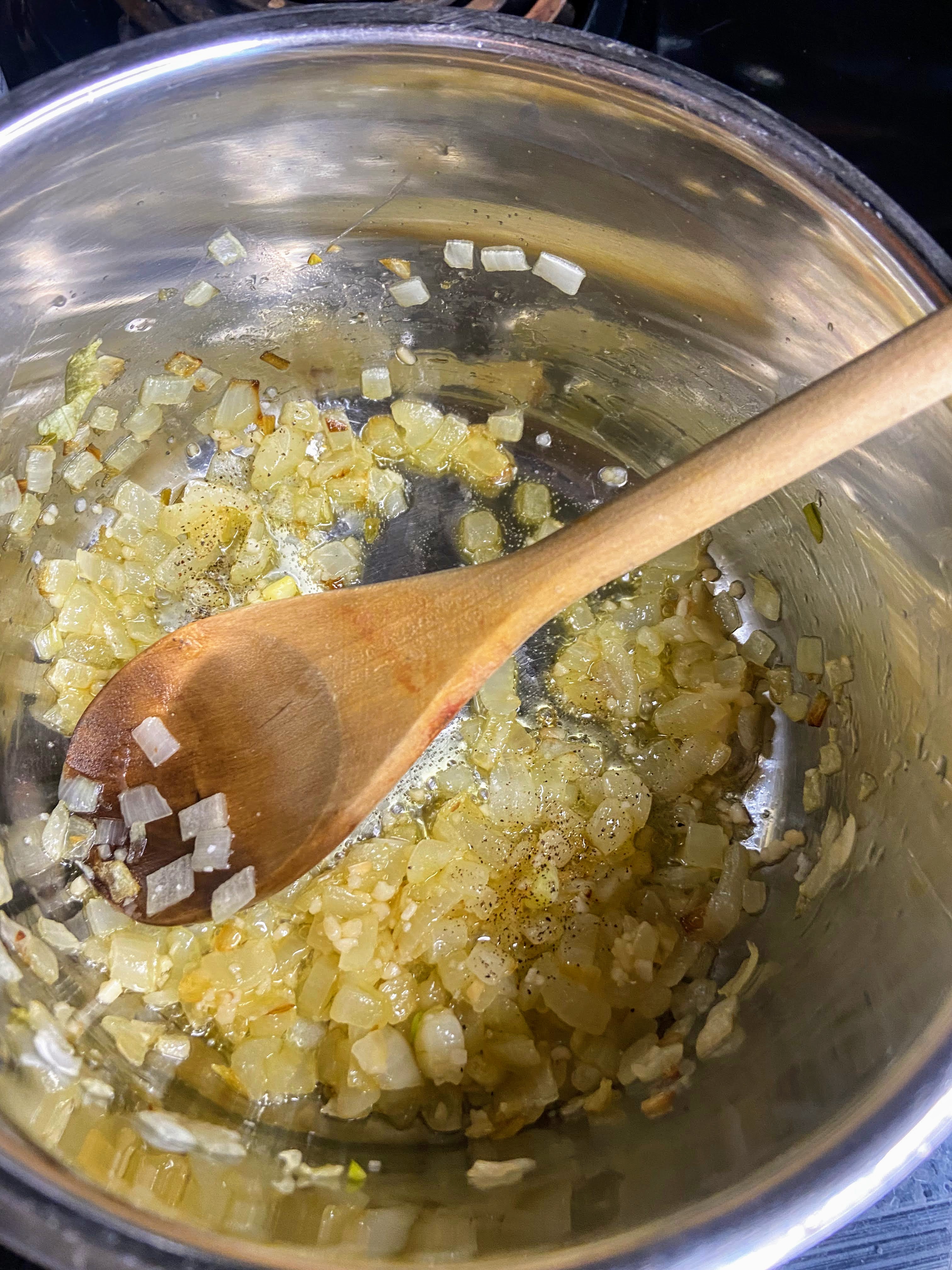






Tools of the Trade
You’ve got to love a good Pyrex baking dish and flexible cutting boards are a must!
Looking for some other meal inspiration? The recipes below are some of my favorites! If they don’t scream “make me” I recommend checking out my cooking page!

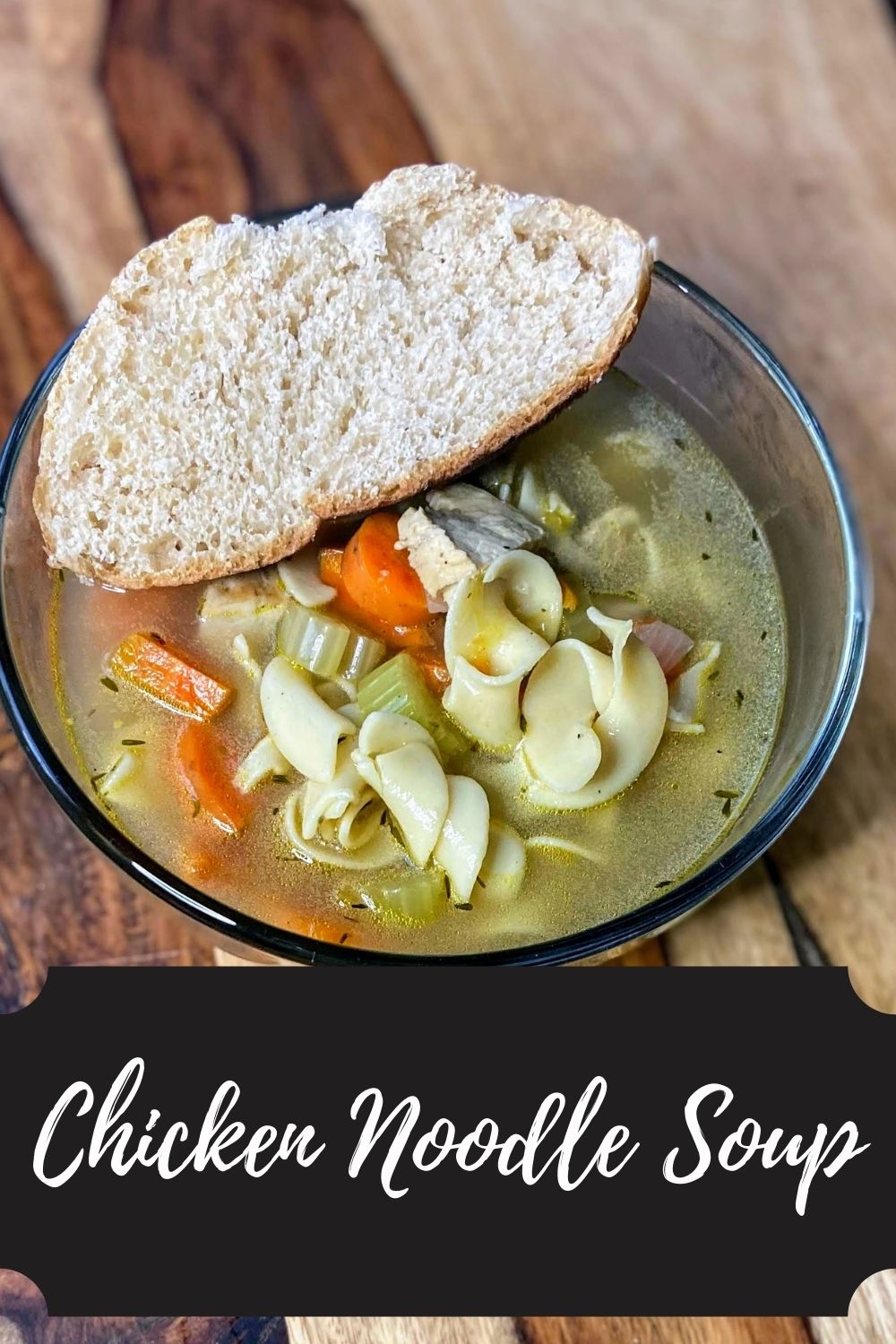

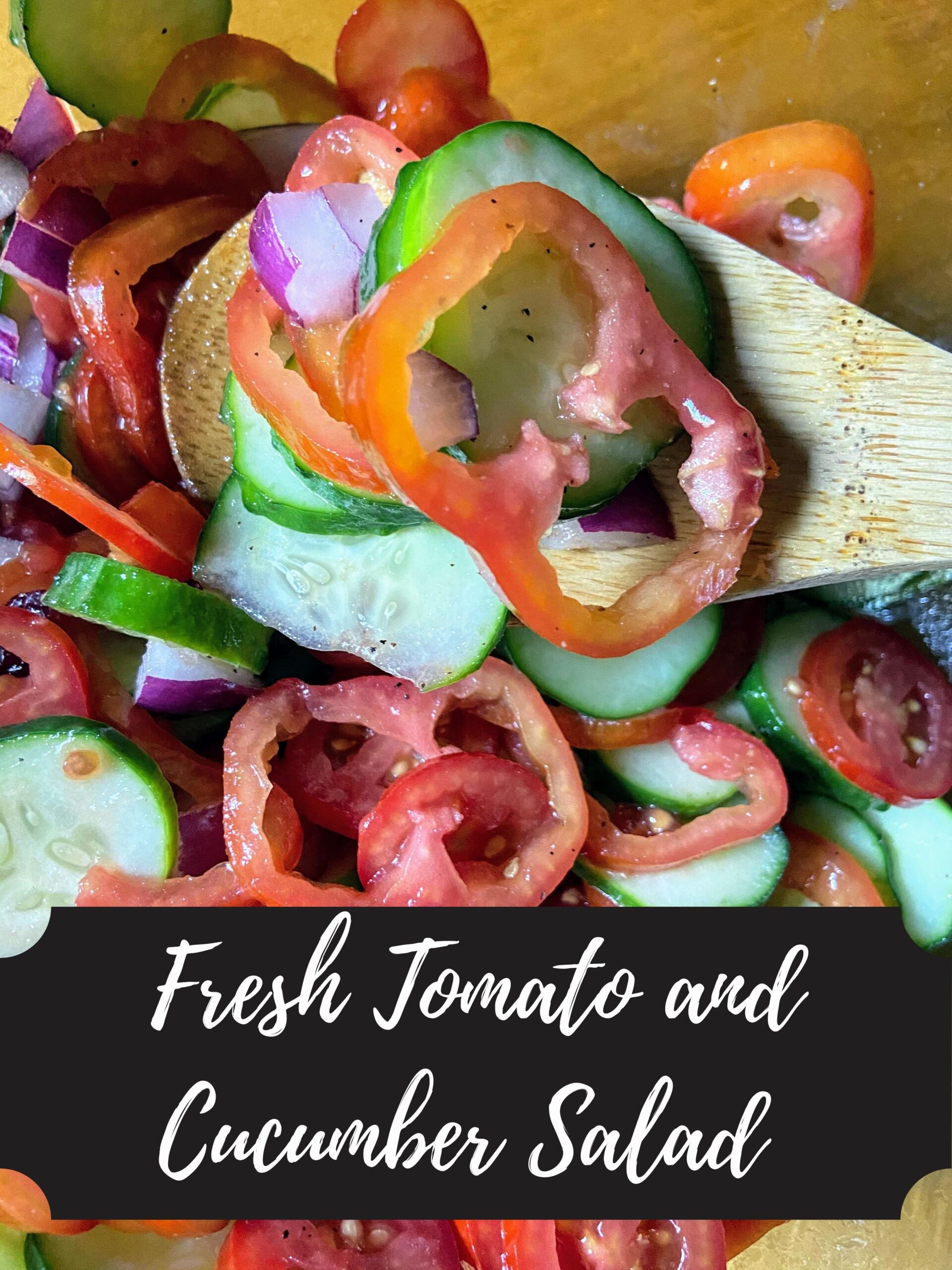
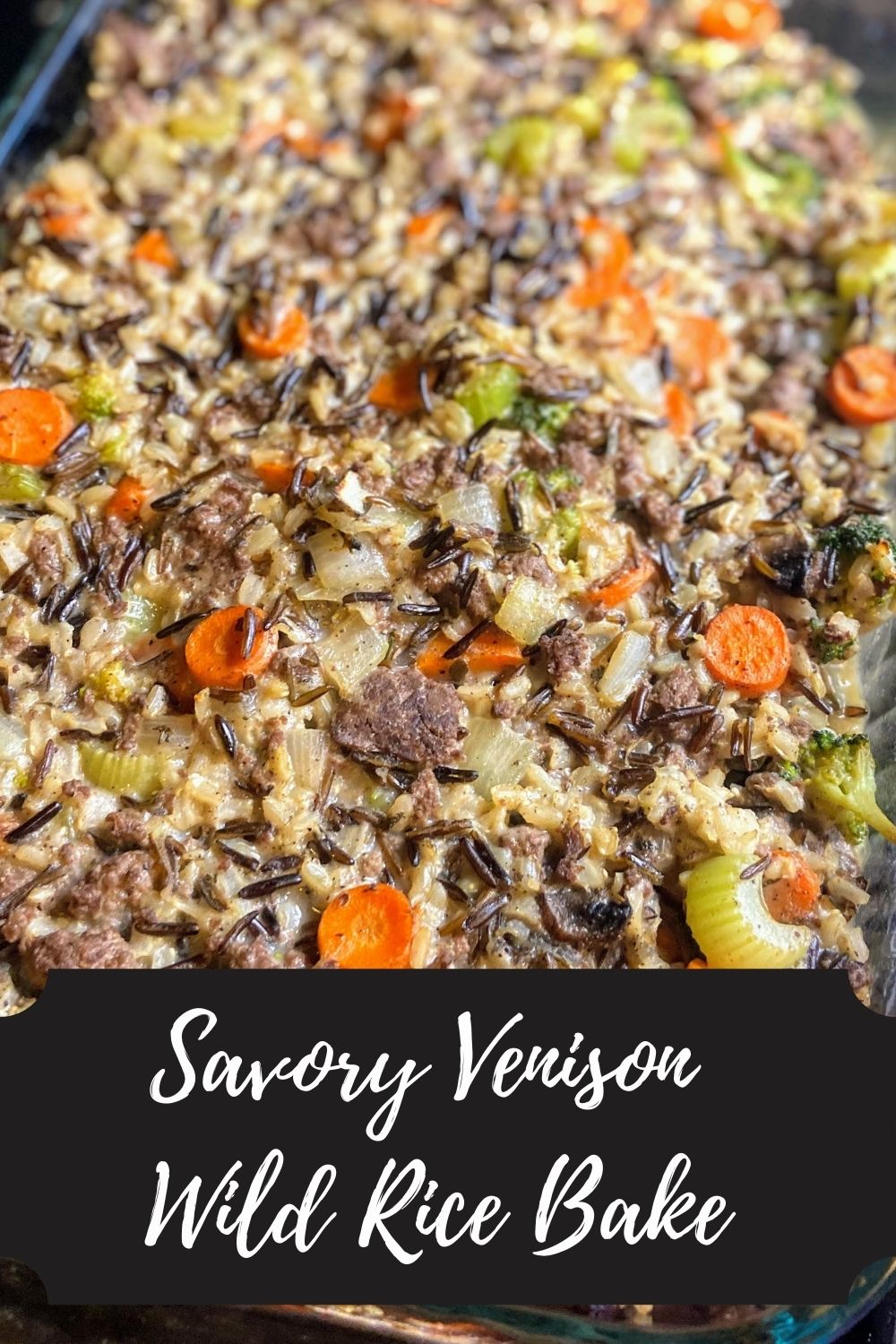

Sweet Potato and Pea Pilaf with Chicken
Ingredients
- 2½ tablespoons extra virgin olive oil divided
- ½ medium yellow onion
- 1 teaspoon minced garlic
- 2 cups white basmati rice
- 1 teaspoon tarragon
- 3 cups low-sodium chicken broth heated
- 1 pound chicken breast
- 1 sweet potato peeled and diced (about 2 ¾ cups)
- 12 ounces frozen peas about 2 ½ cups
- Salt and pepper
Instructions
- Heat 1 ½ tablespoons of olive oil in a large saucepan (with a cover) over medium heat until hot. Add onion and garlic.
- Saute until just softened, about 8 minutes. Add rice and saute, stirring often, until just browned, maybe 3-5 minutes. Watch this carefully for burning.
- Season with salt, pepper, and tarragon. Add 3 cups of hot stock. Cover lower heat to a simmer. Cook for 10 minutes.
- Remove the rice from the heat and allow it to sit for an additional 15 minutes, still covered.
- While the rice is doing its thing, preheat the oven to 425 degrees. Spray a baking sheet with non-stick cooking spray.
- Season the chicken with salt and pepper on each side and place on one half of the baking sheet.
- In a small bowl, toss the diced sweet potato with the remaining olive oil with salt and pepper, to taste. Layer on the other half of the baking sheet. Bake for approximately 20-24 minutes, until chicken is cooked through. Remove from the oven. (Do not turn off the oven).
- Dice chicken into bite-size pieces.
- Combine rice mixture, diced chicken and sweet potato and frozen peas.
- Taste test and see if more salt or pepper is needed. Spread into a greased 9×13 glass baking dish and place in the oven for 10-15 minutes.


